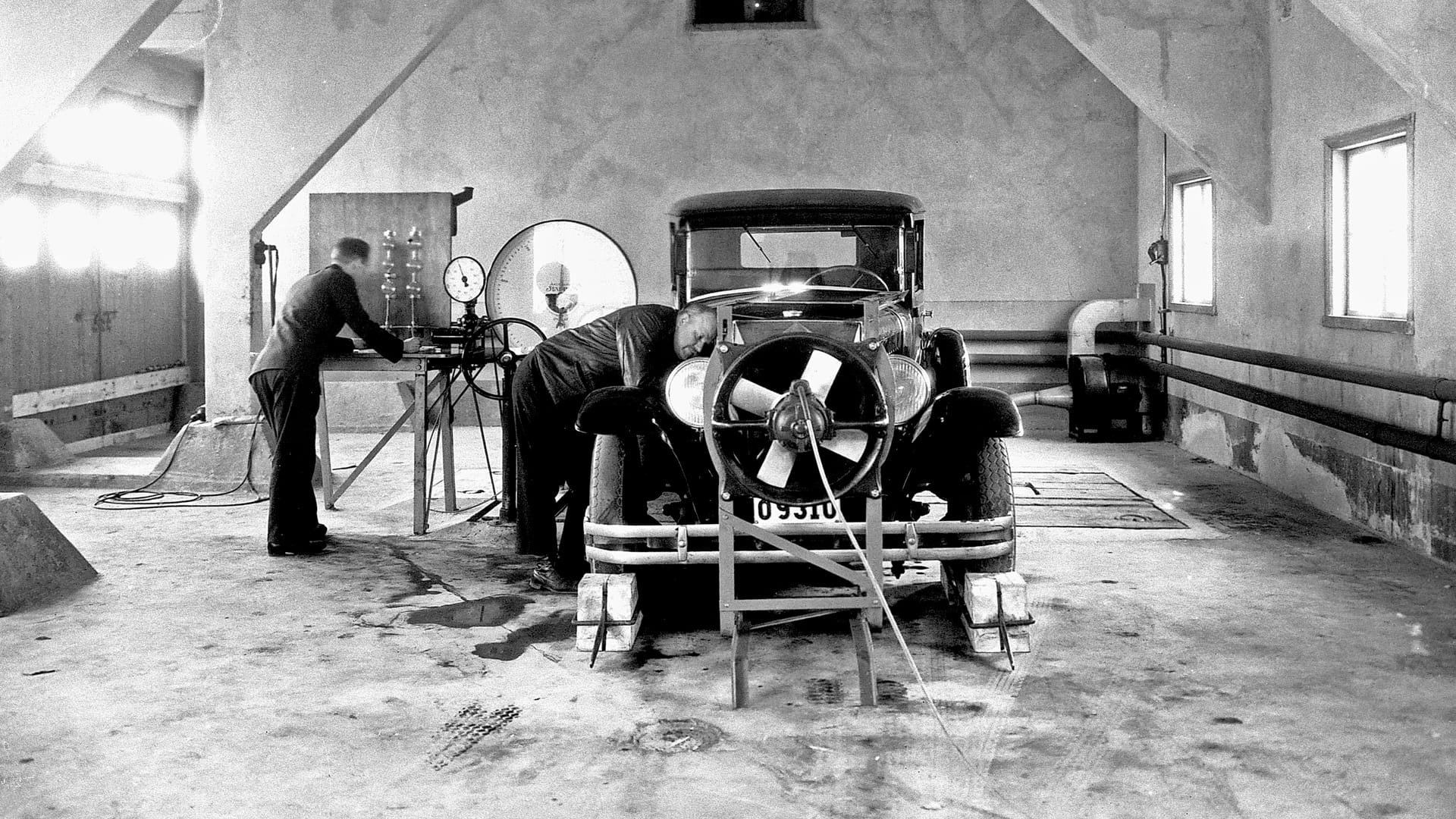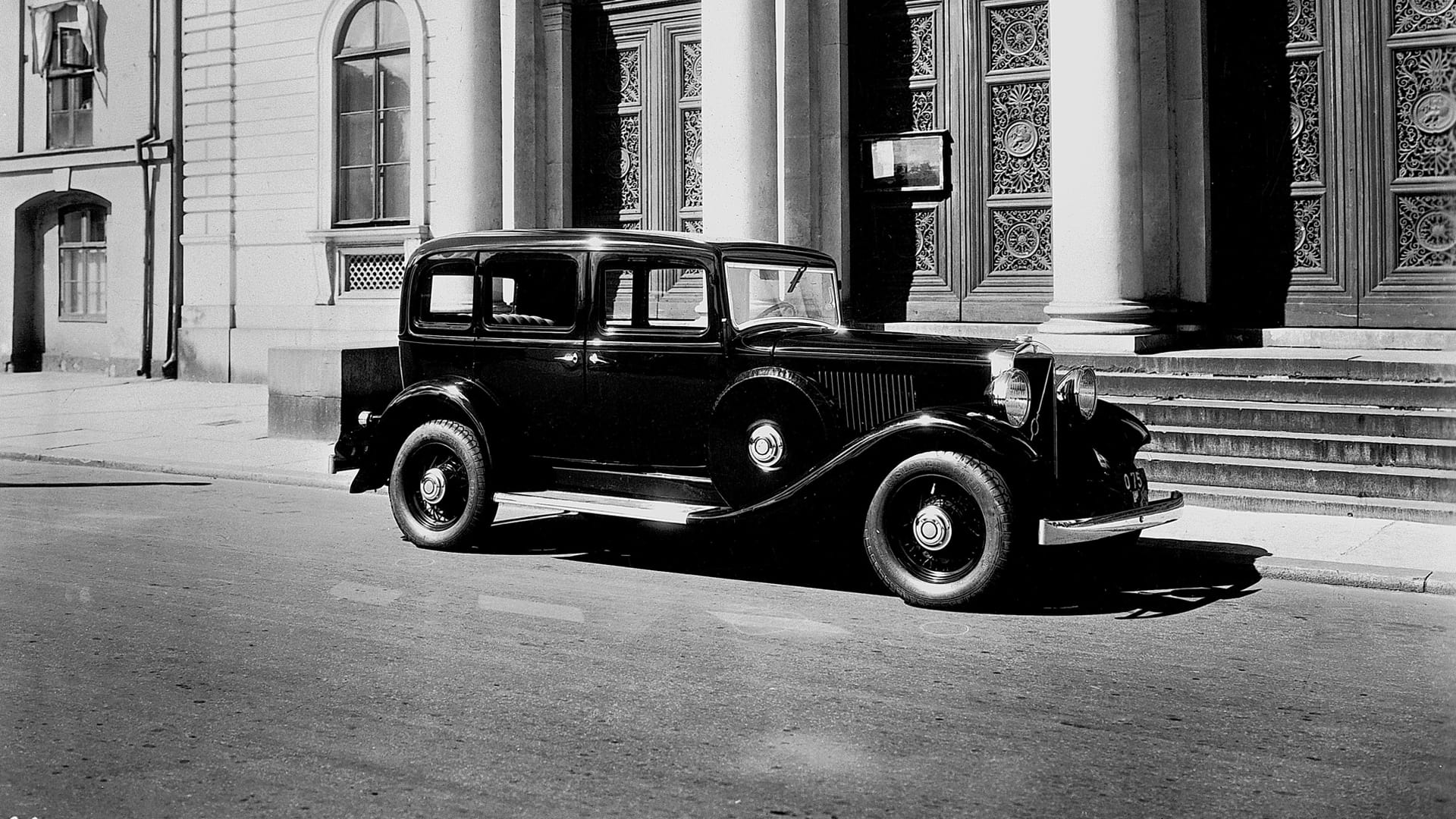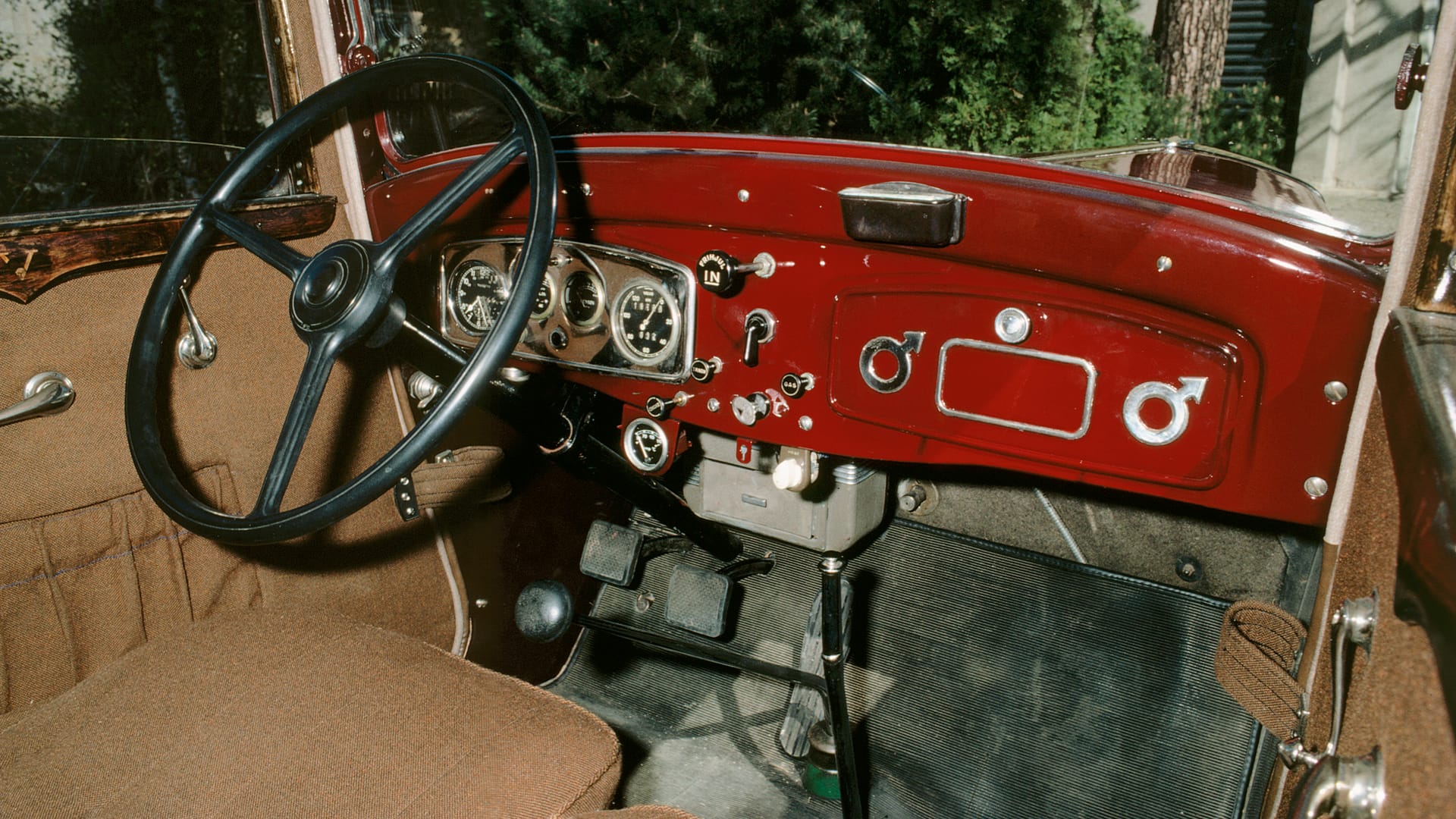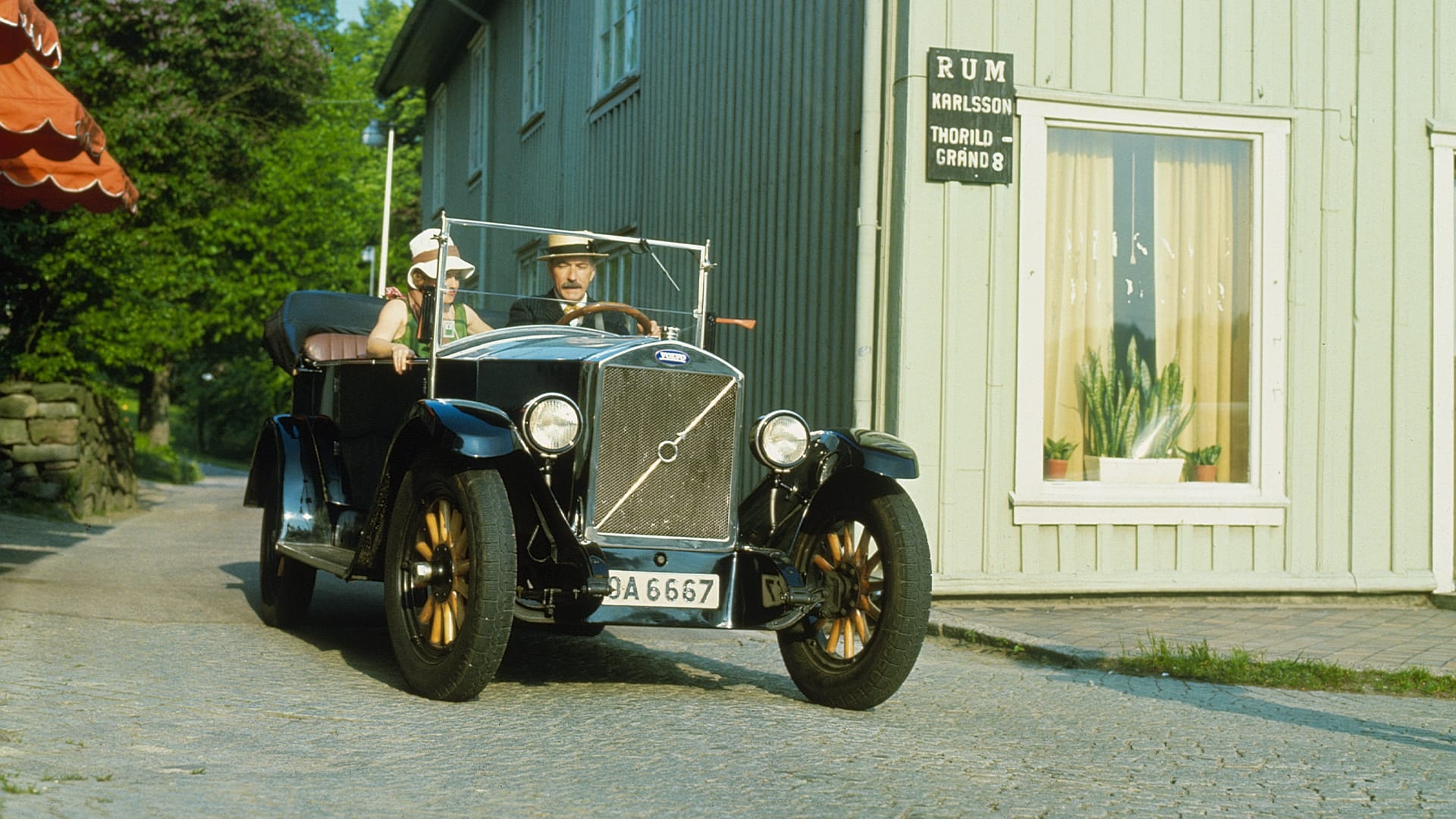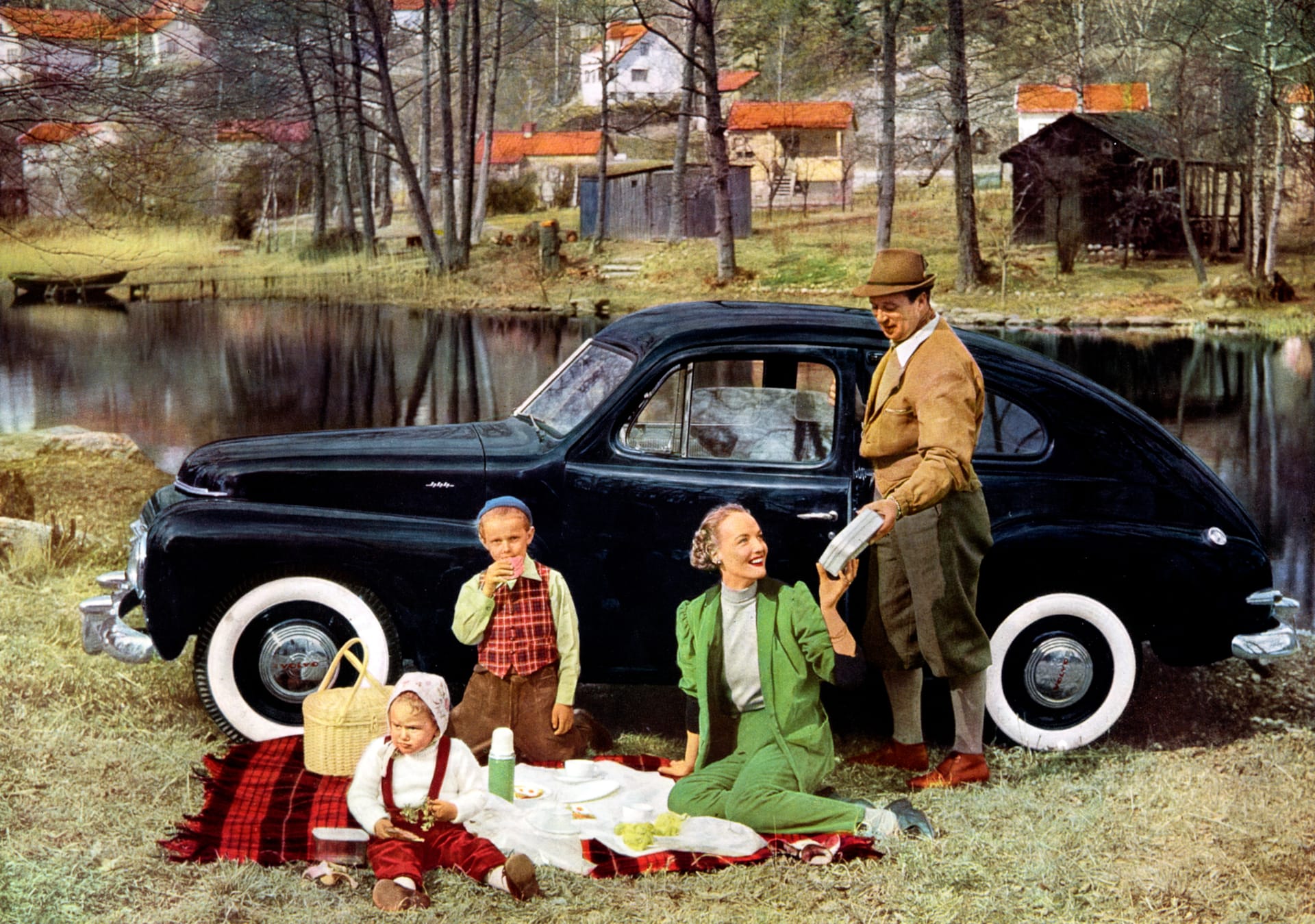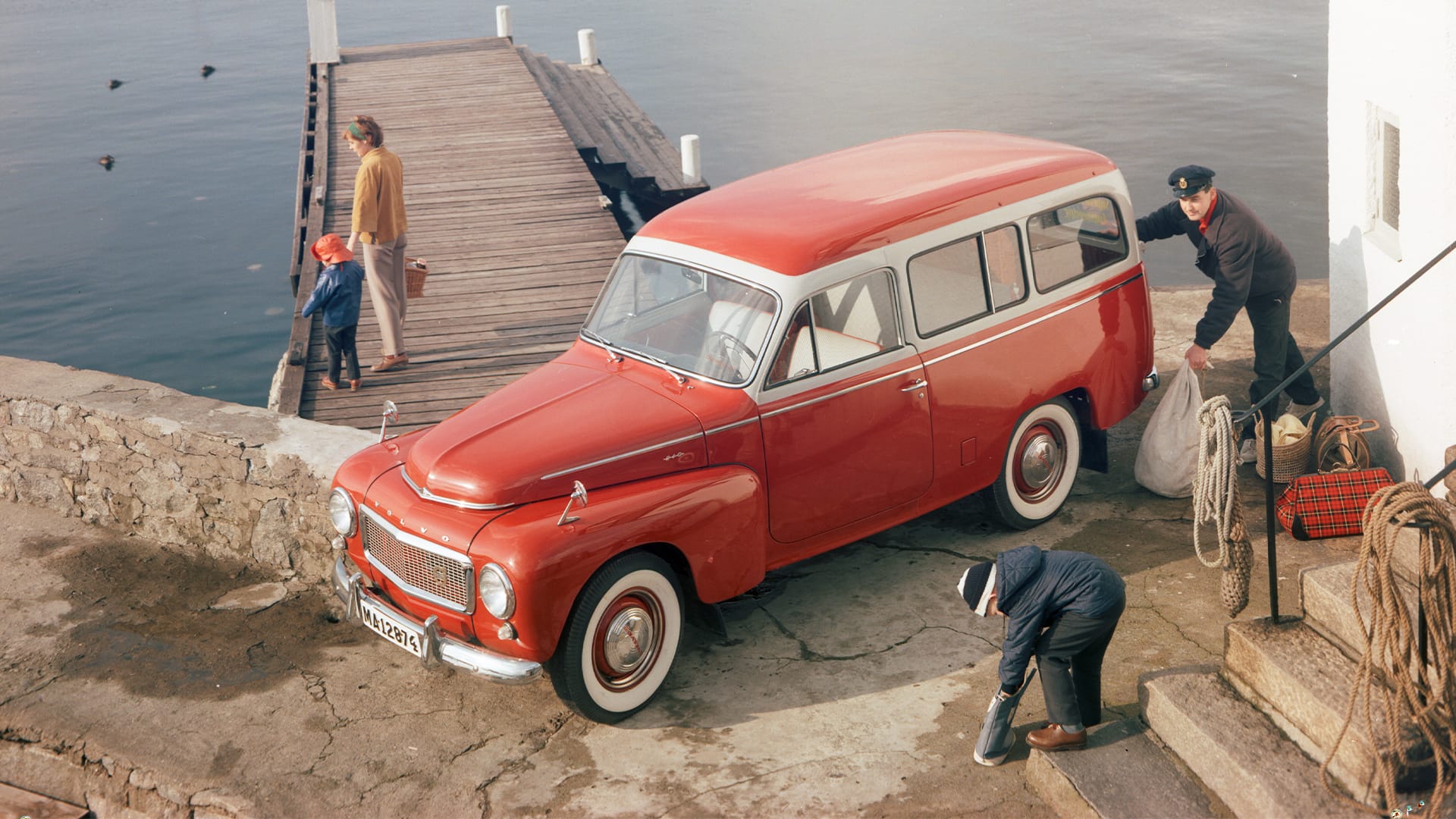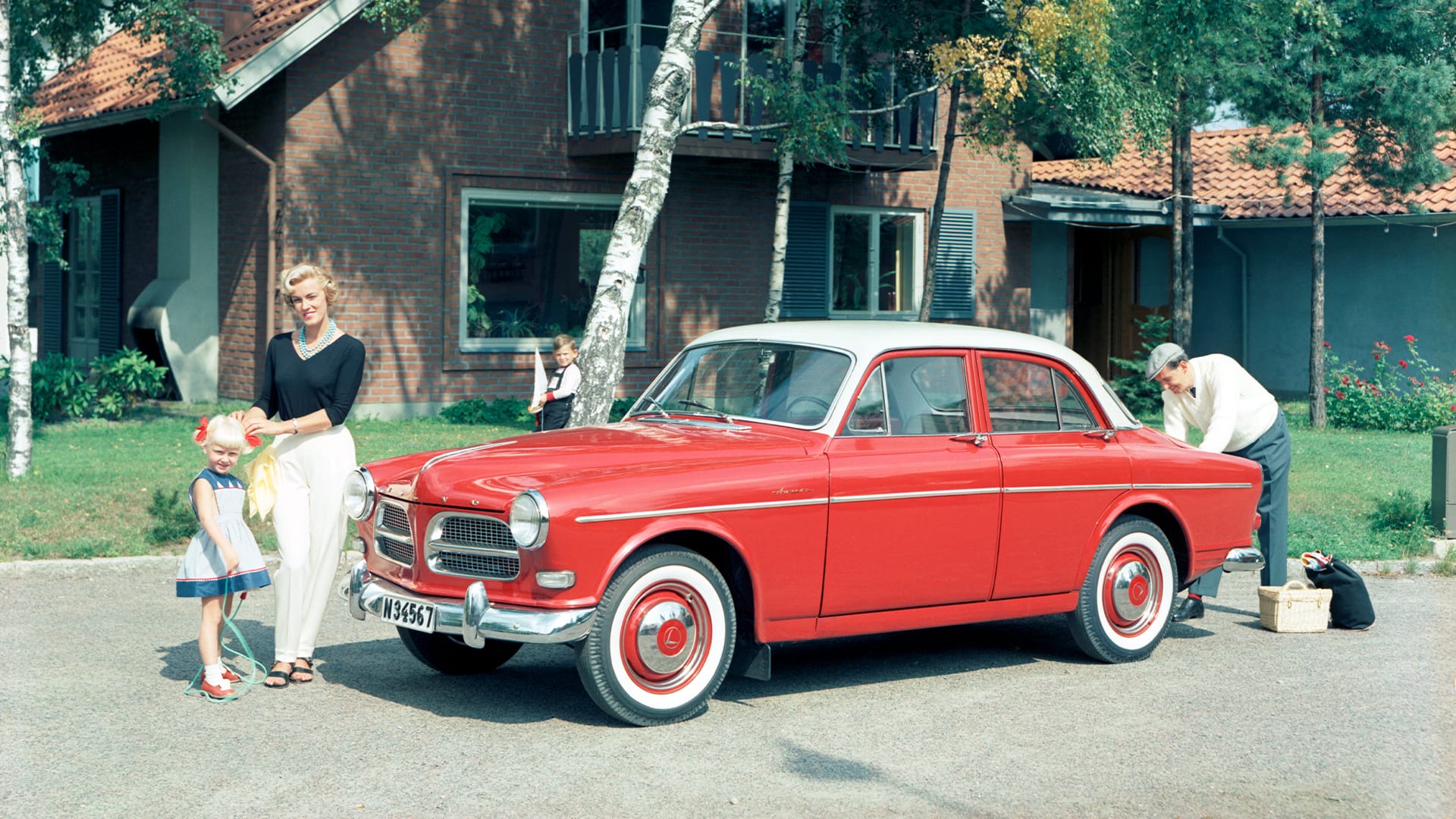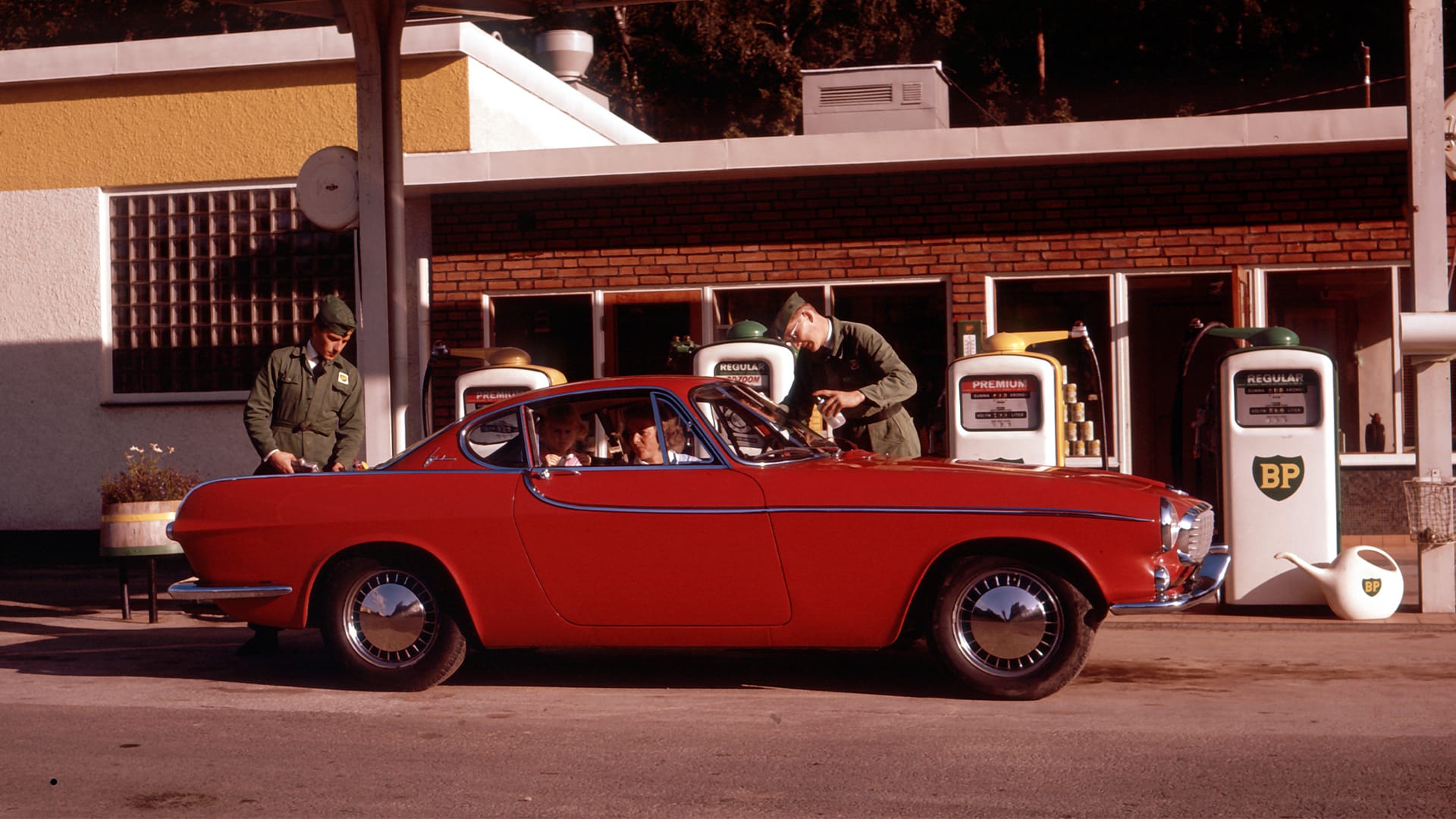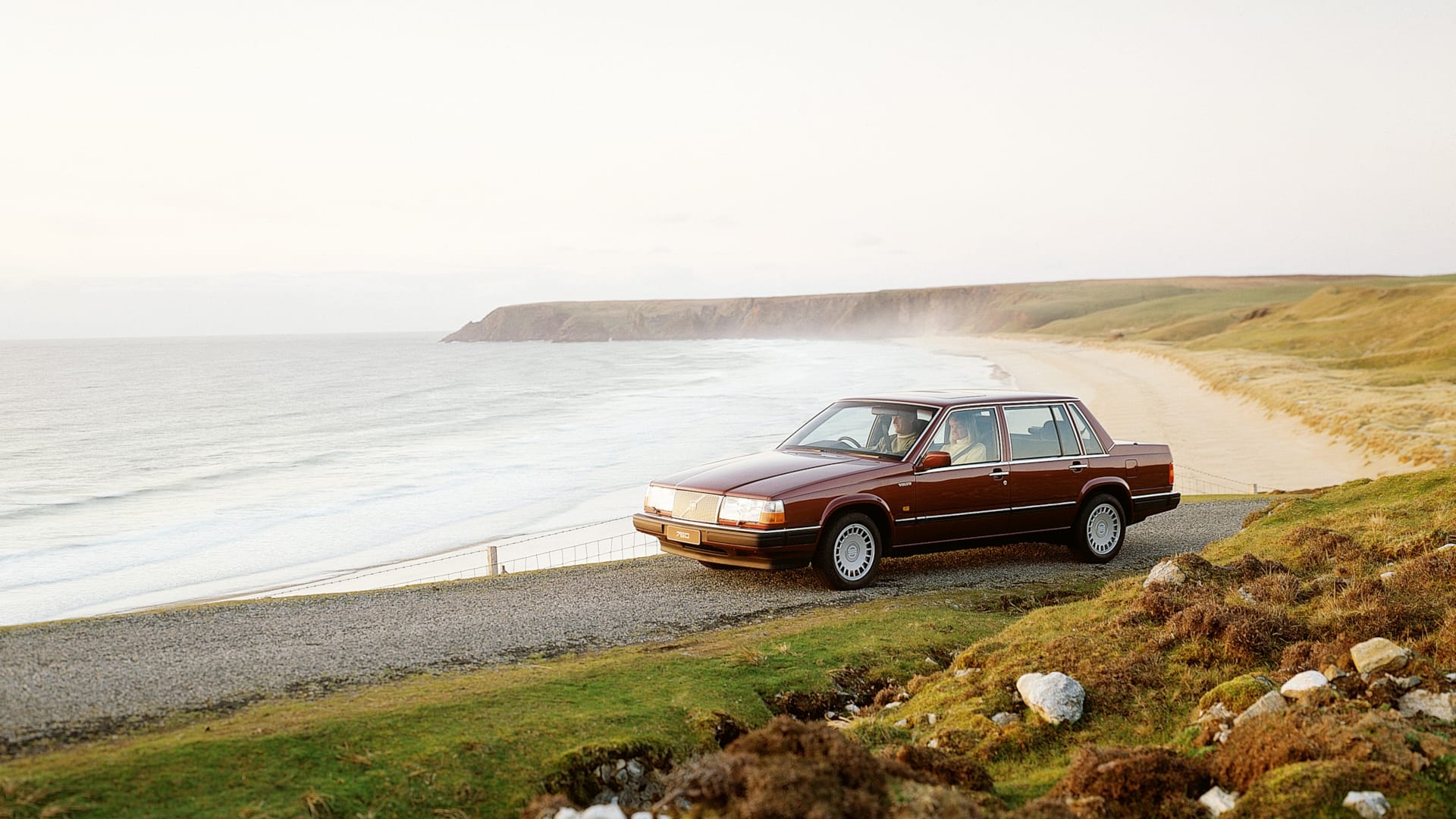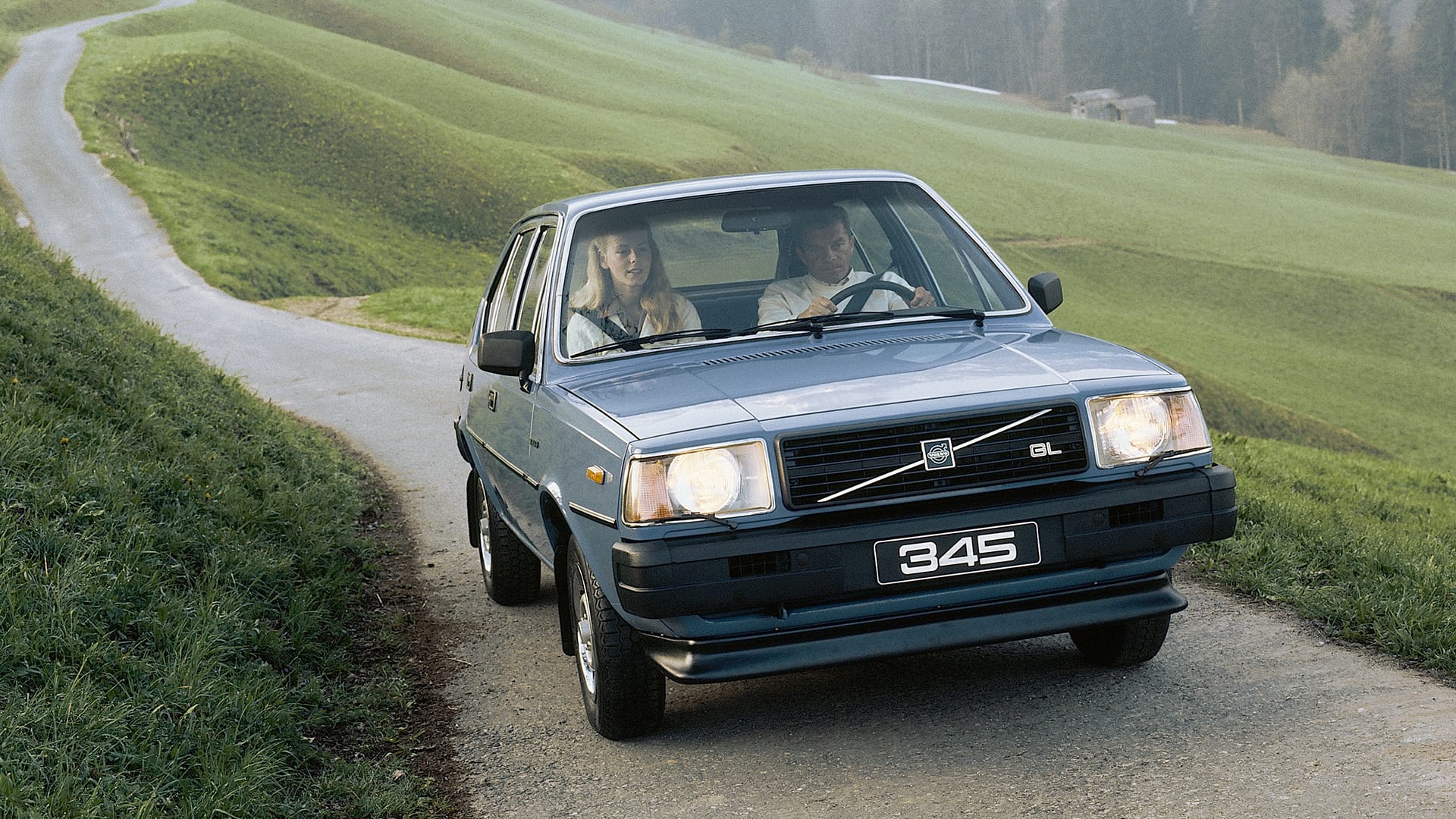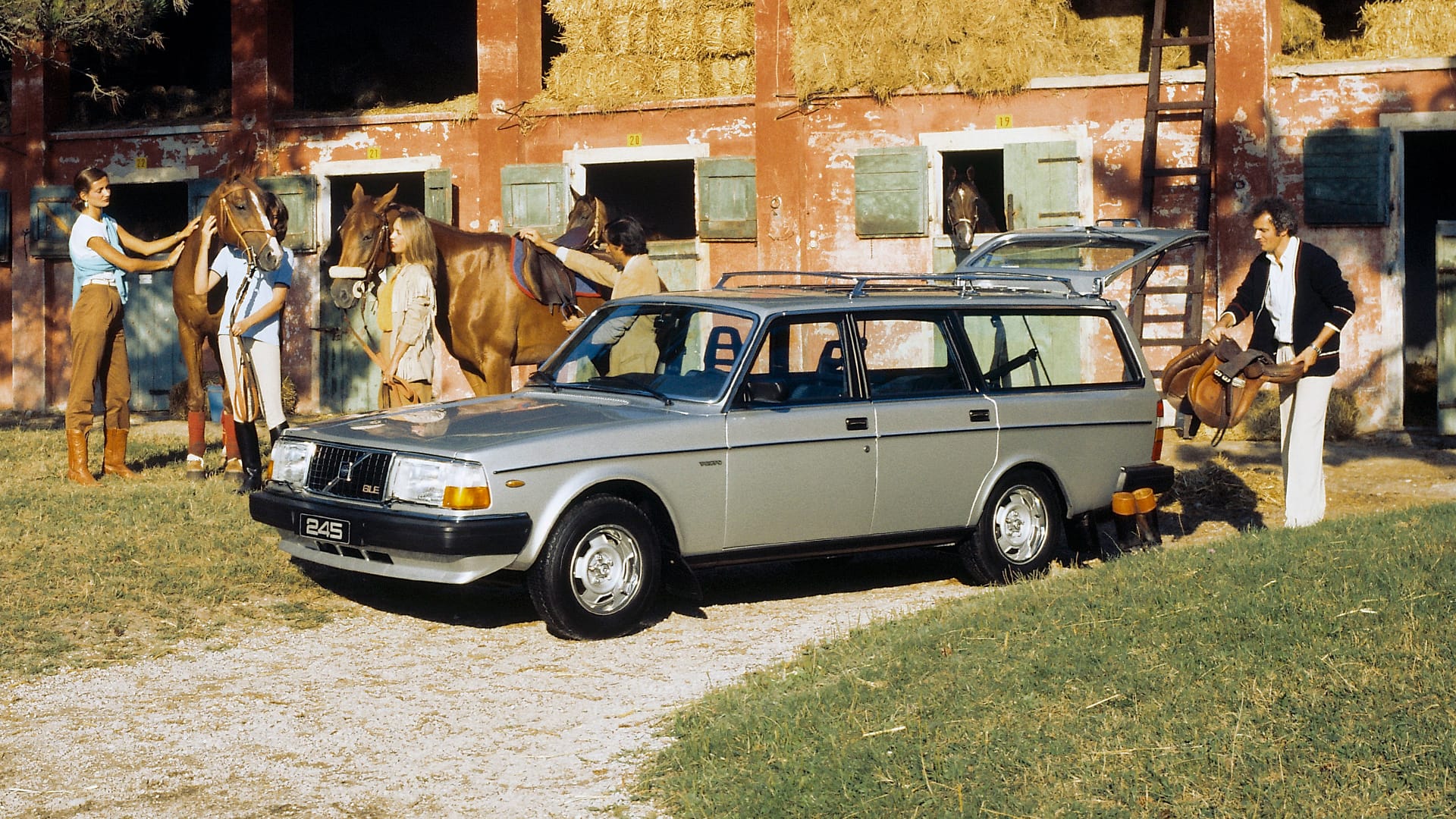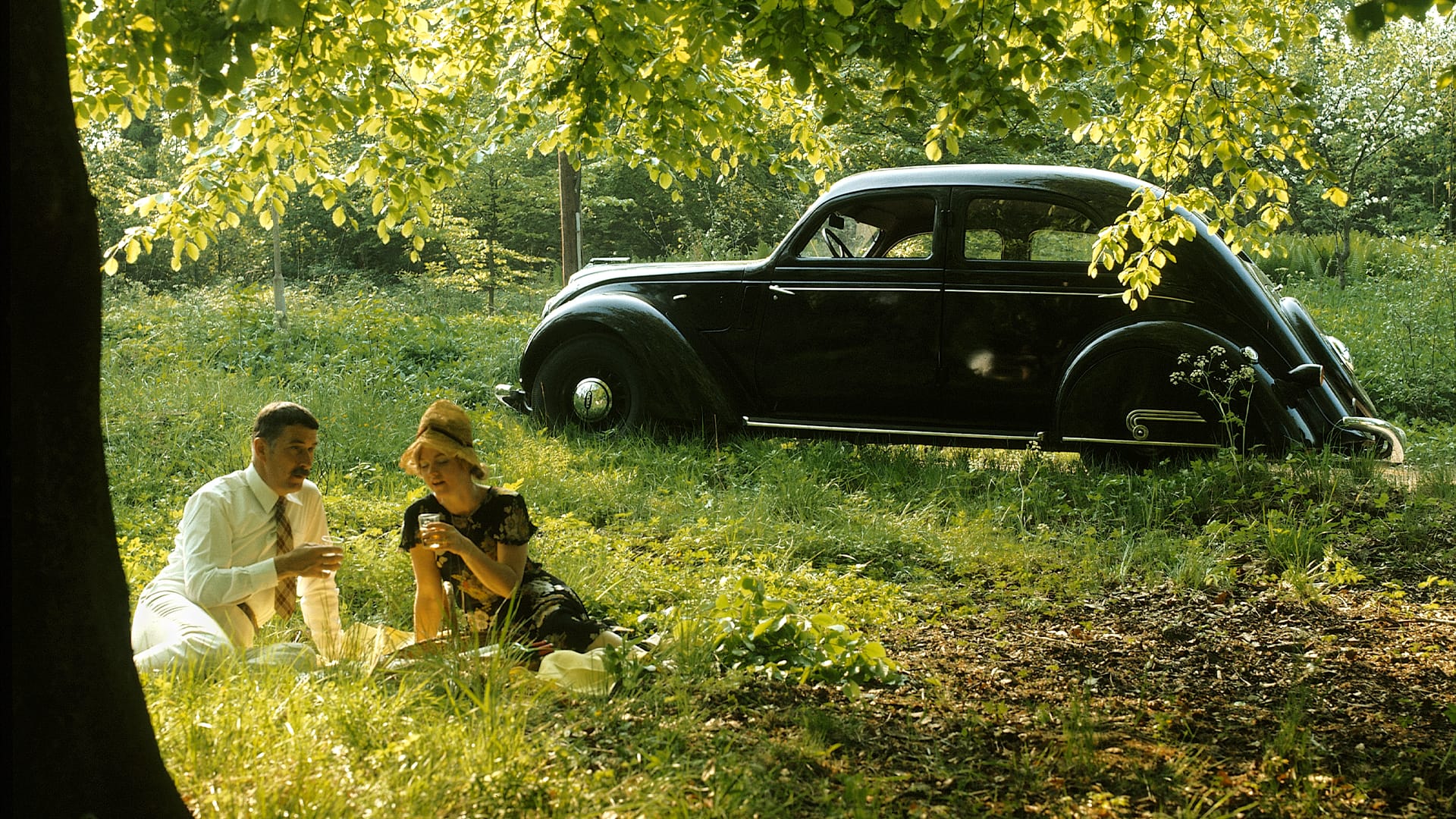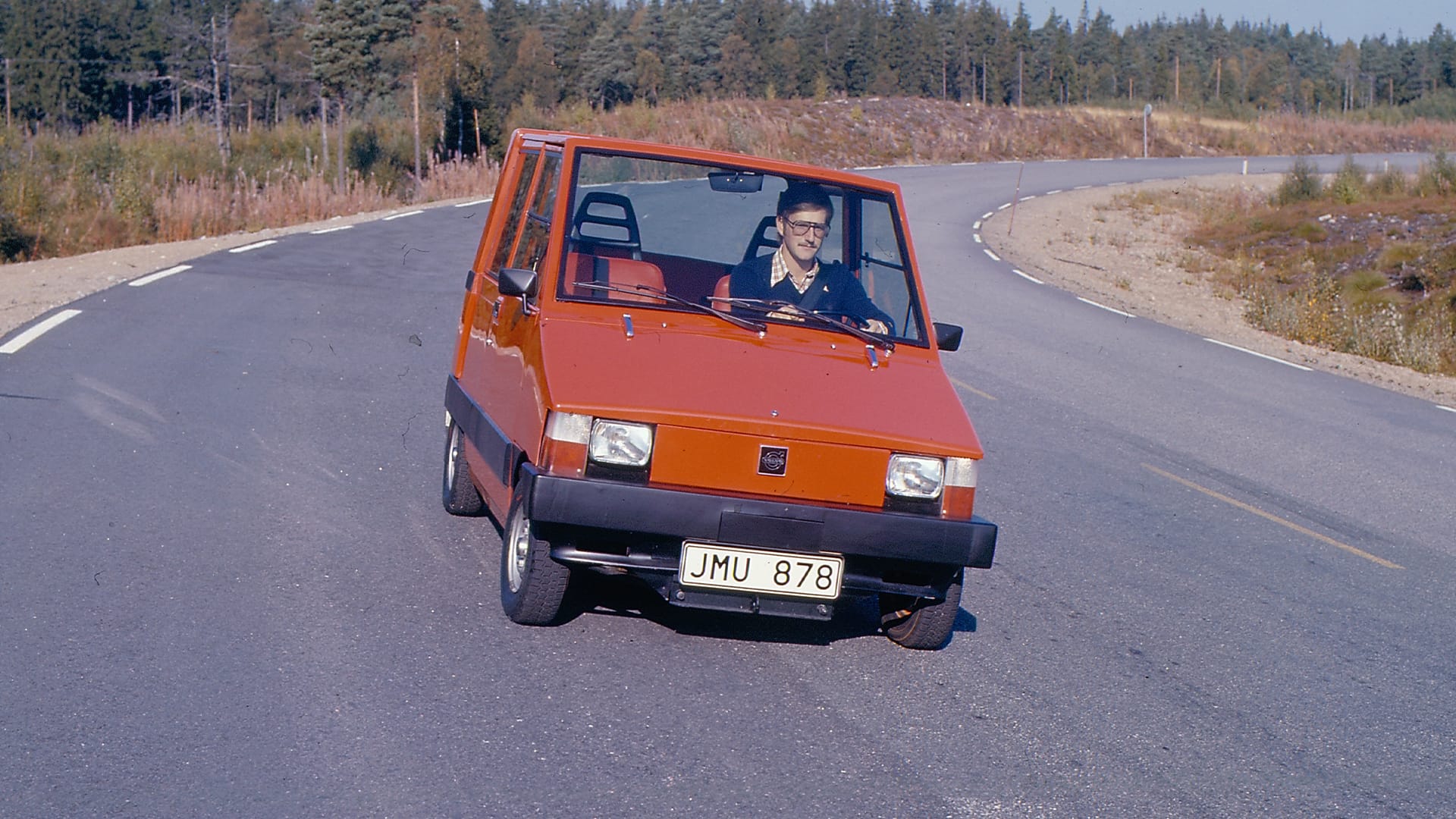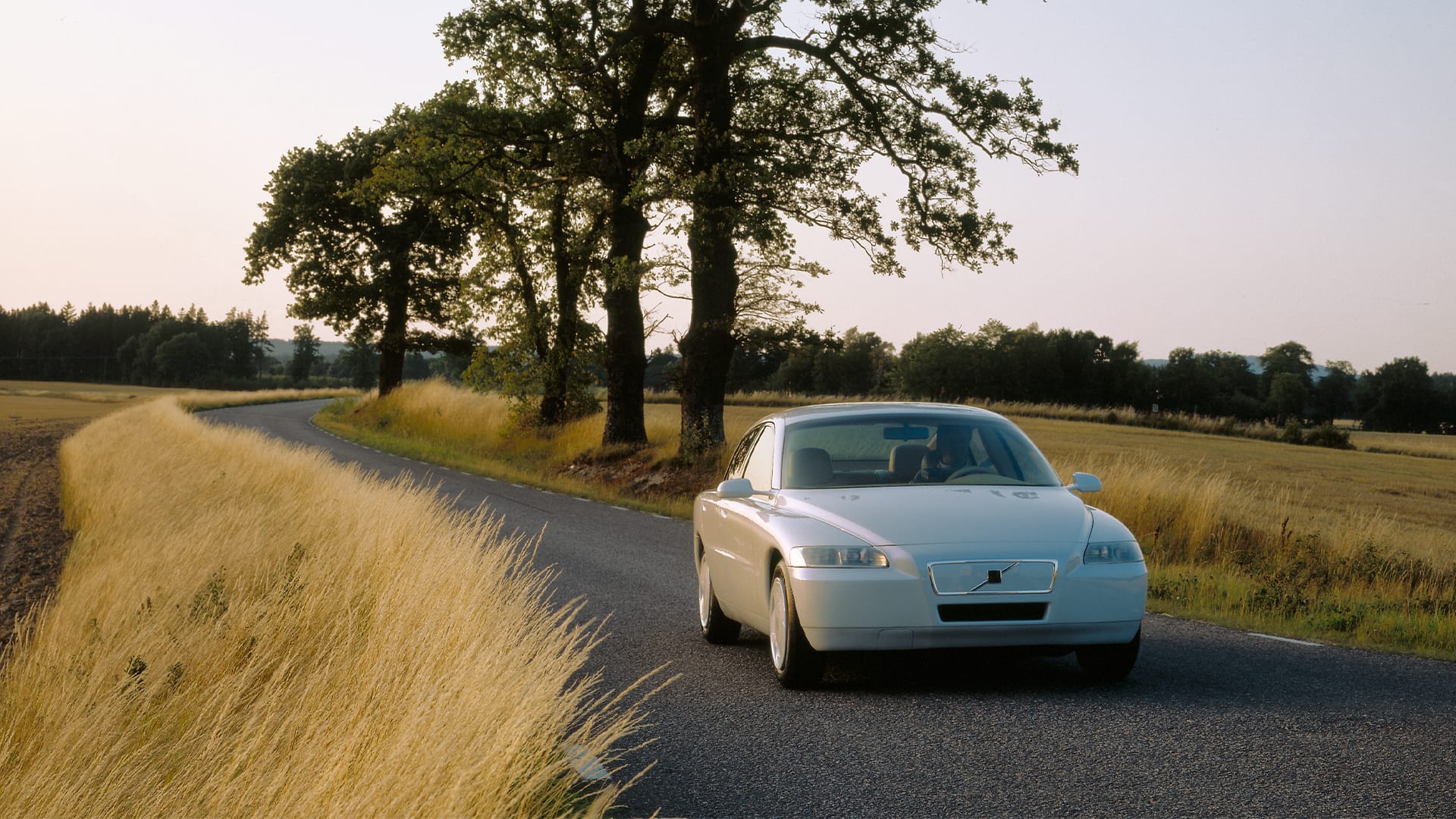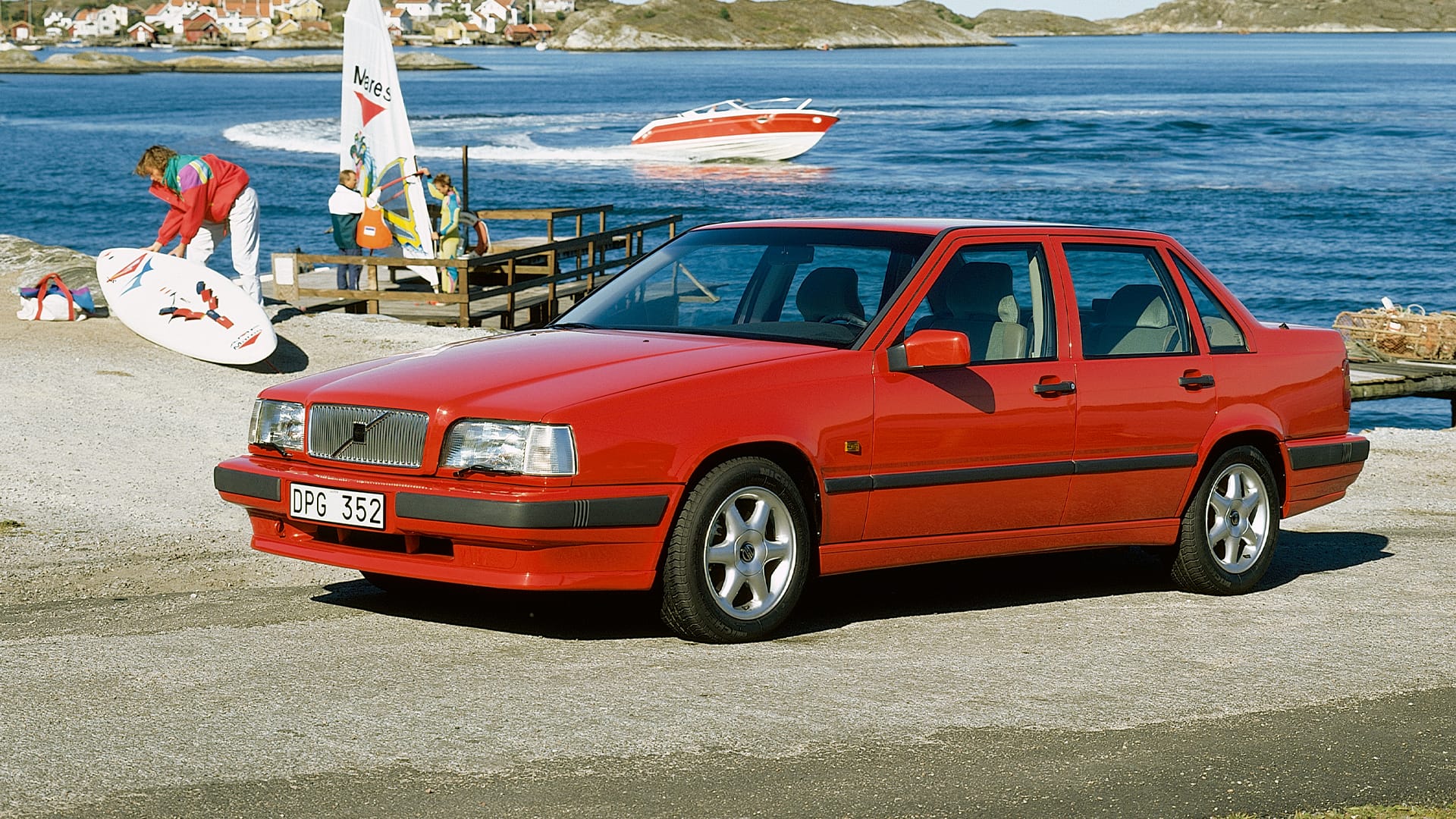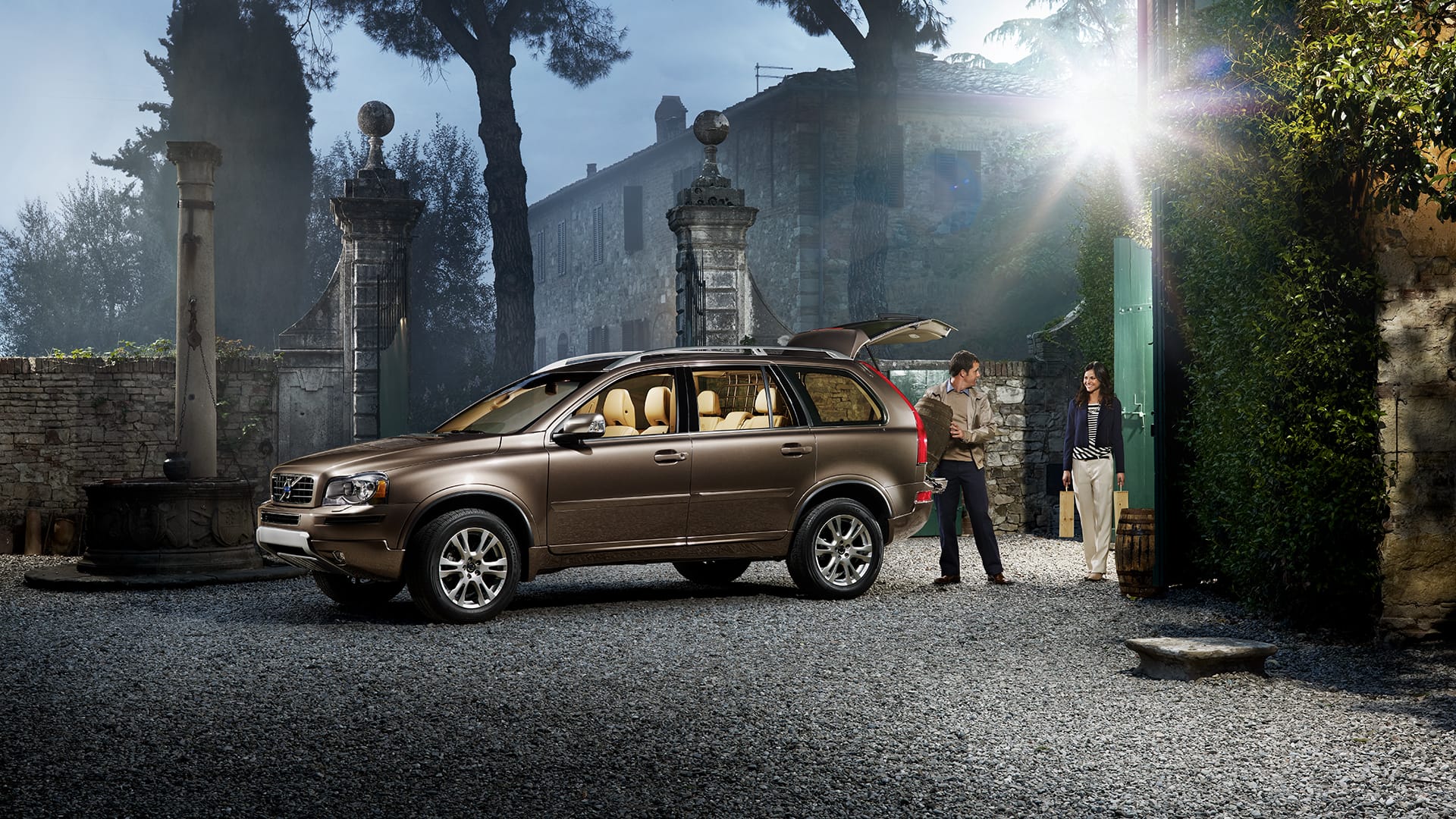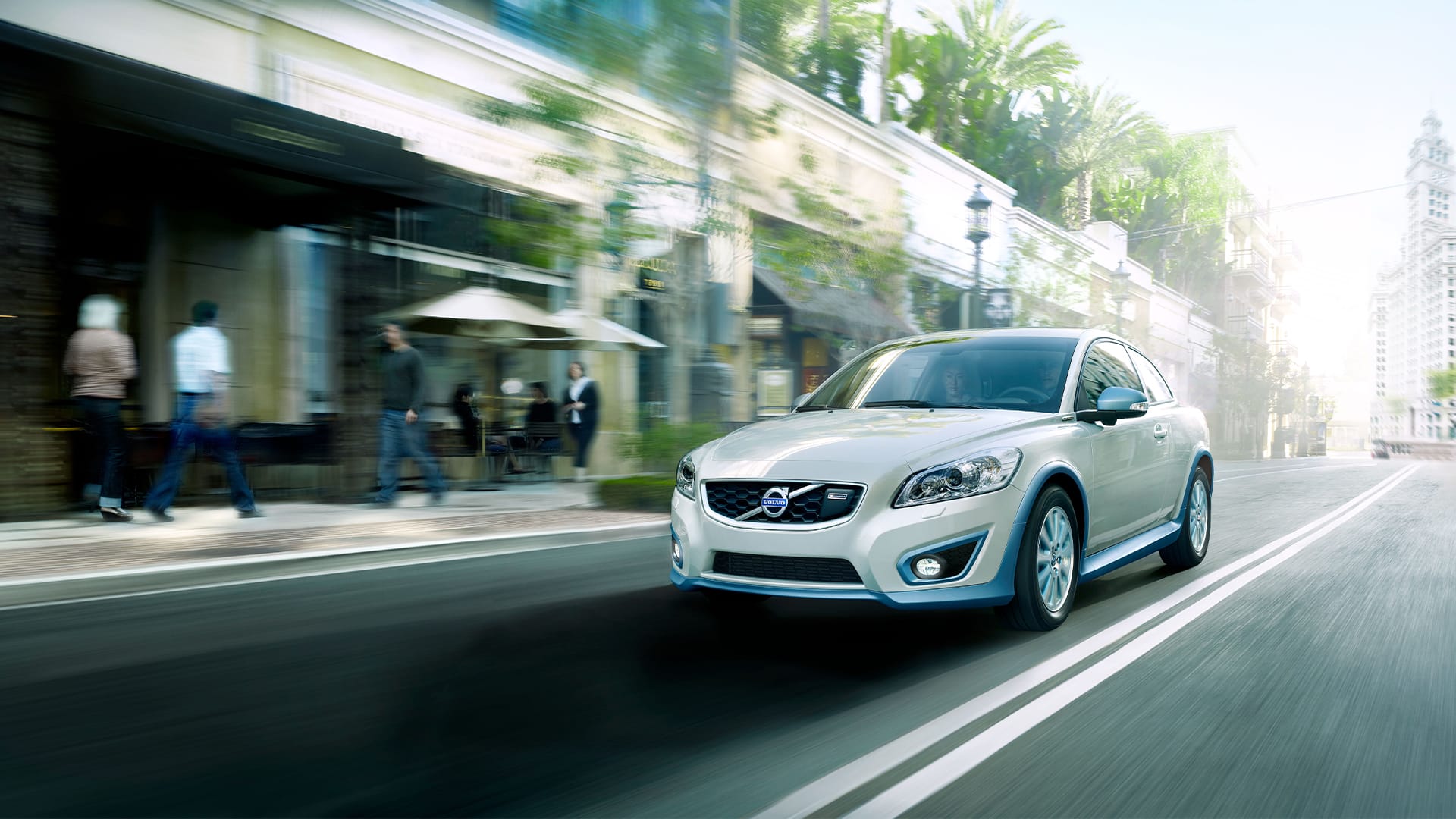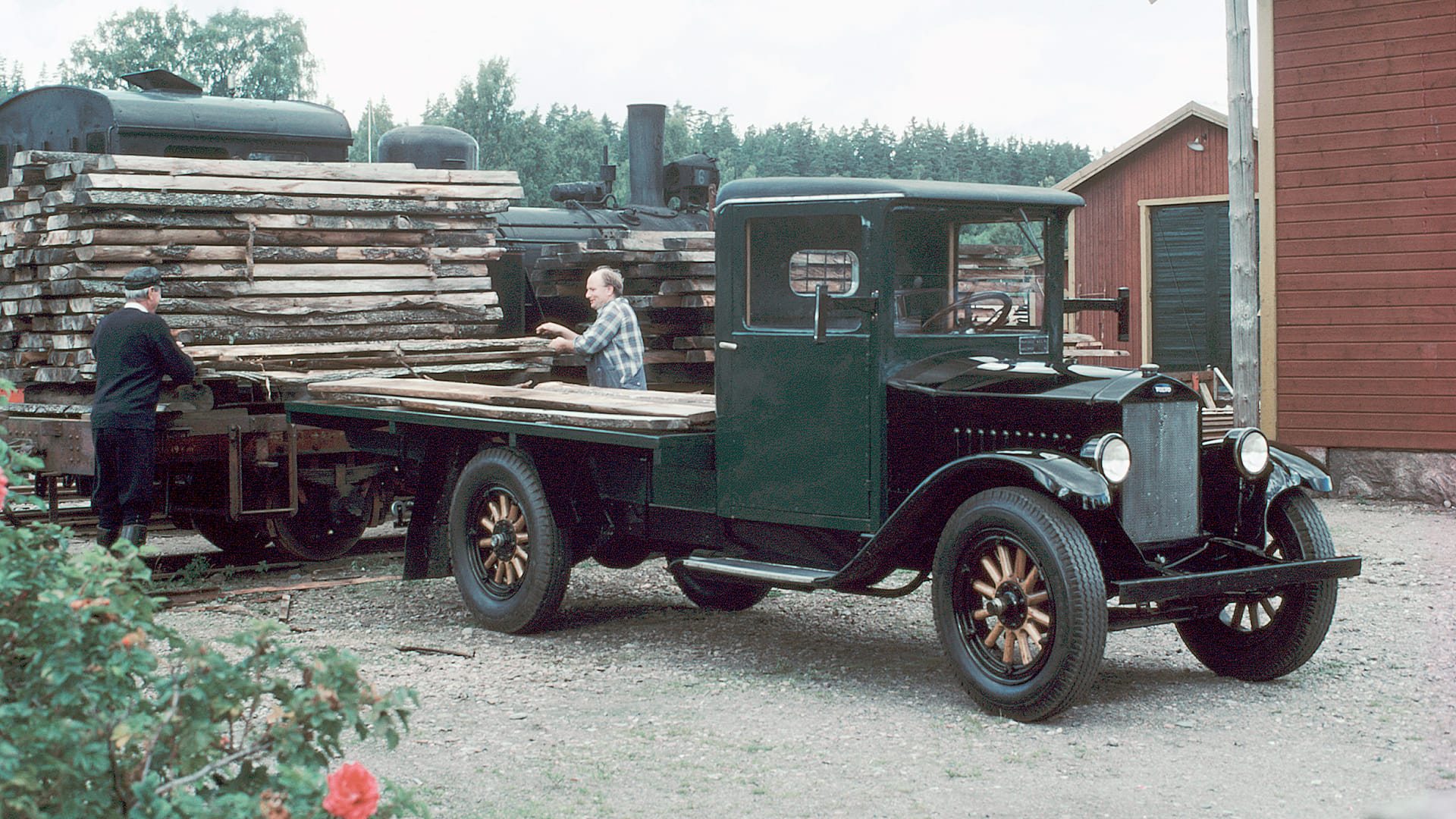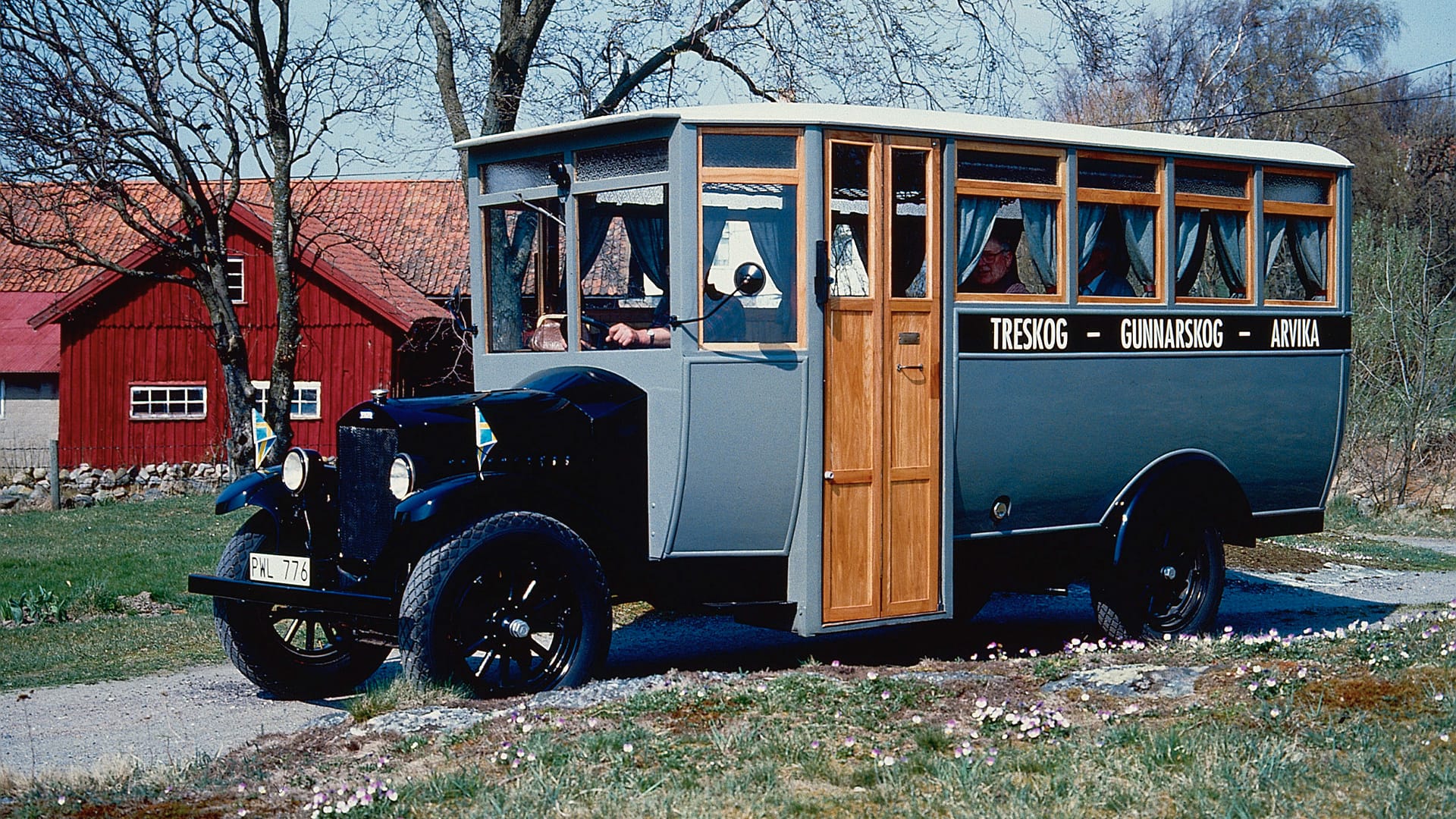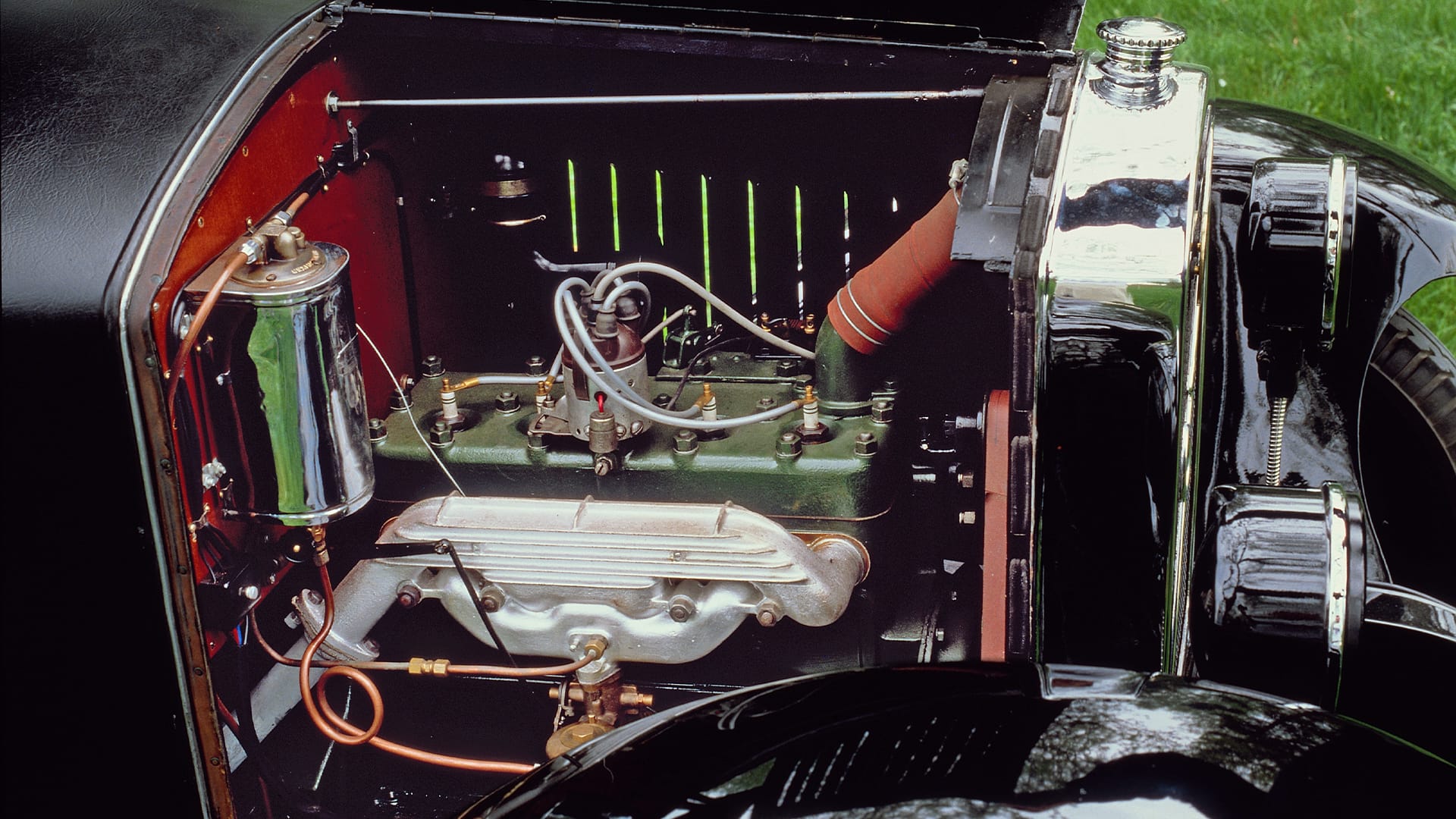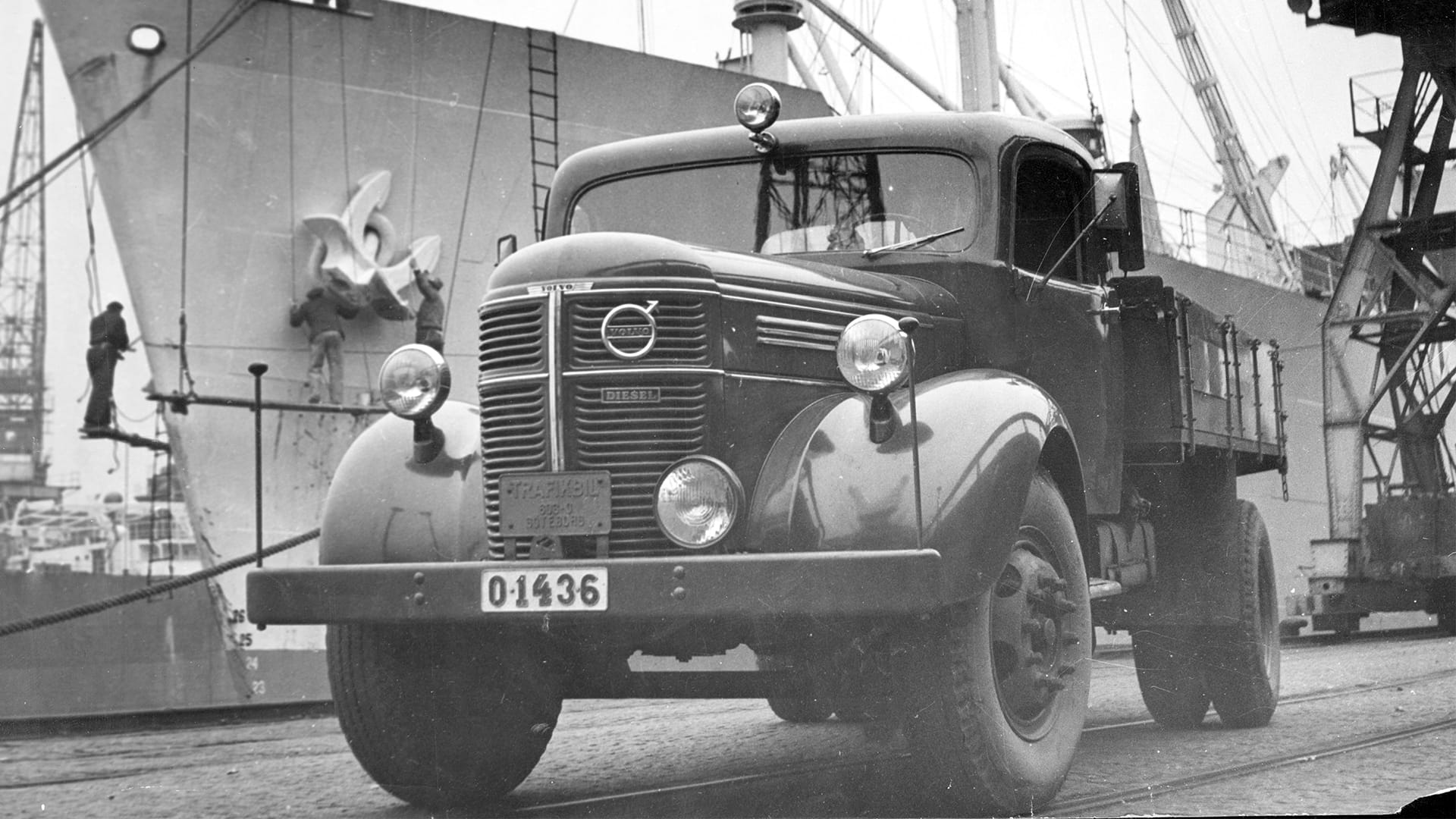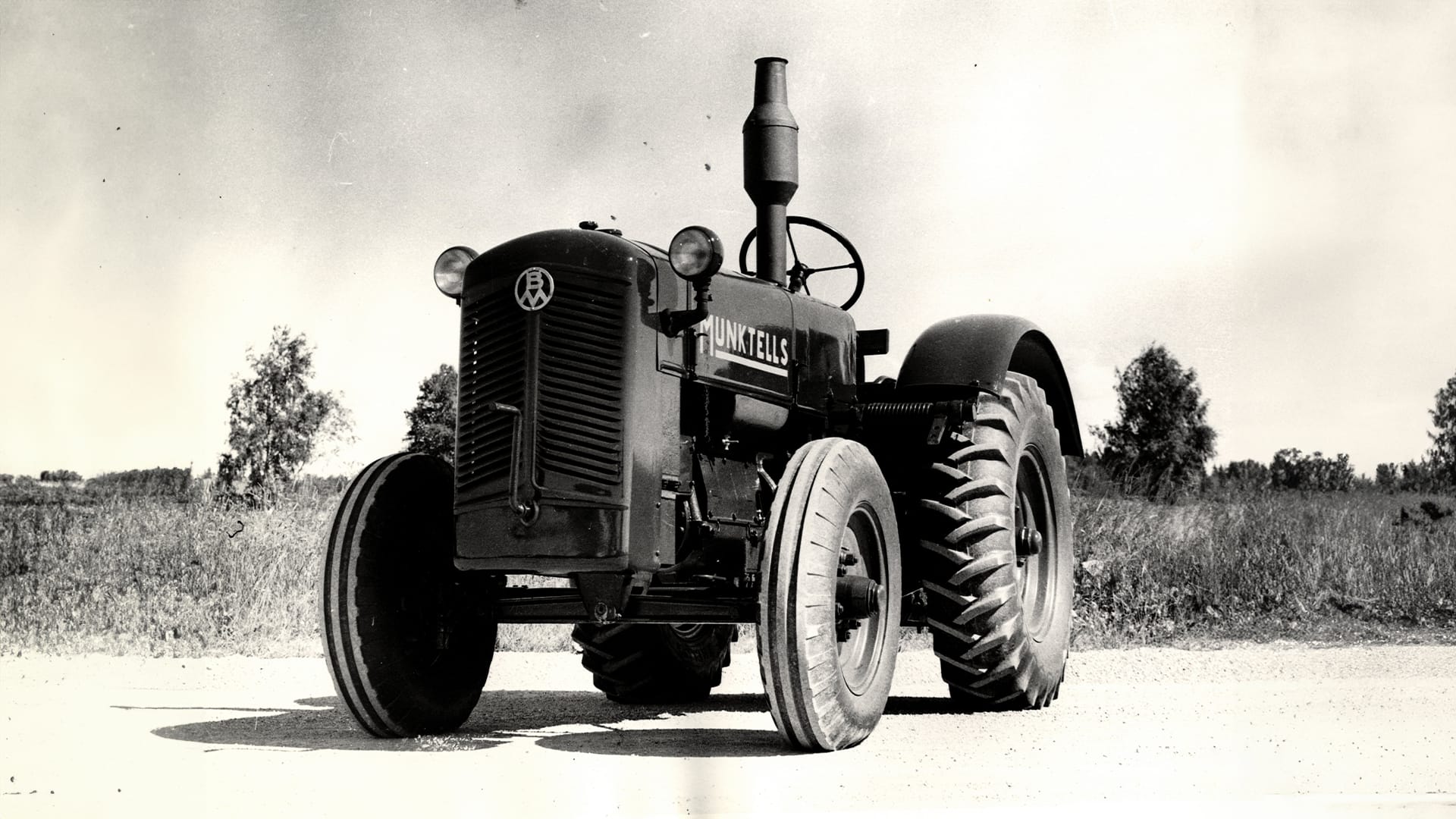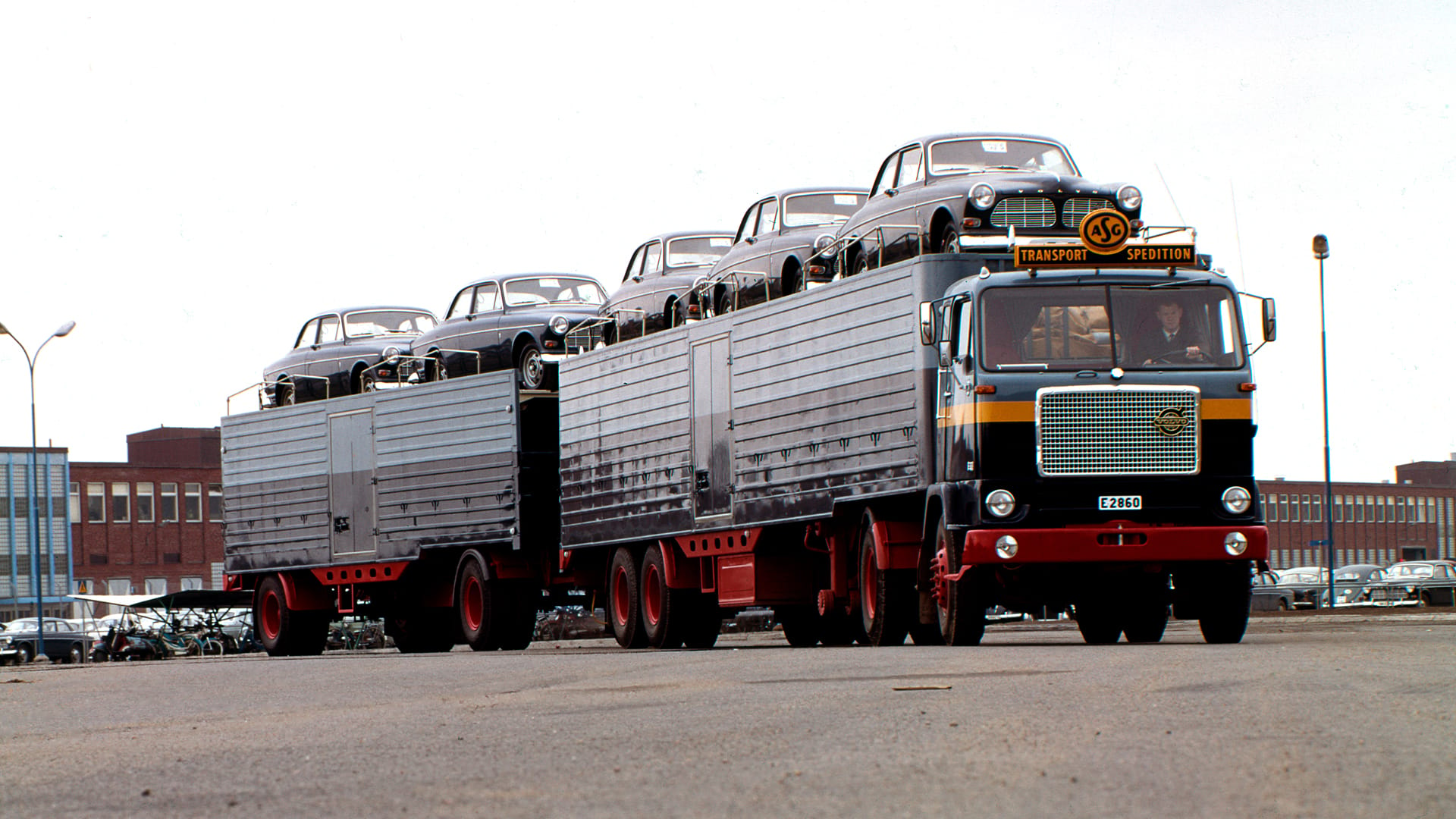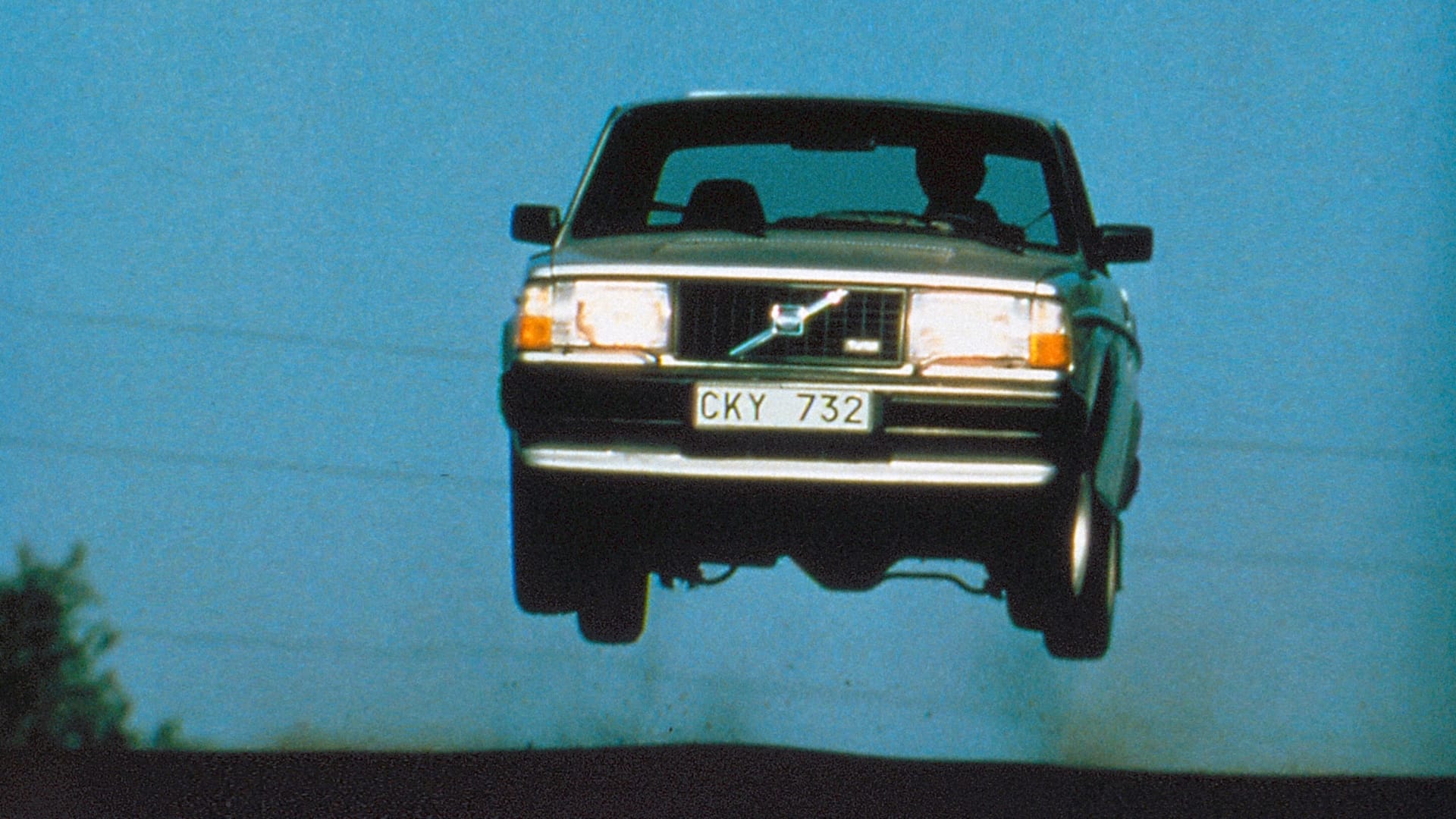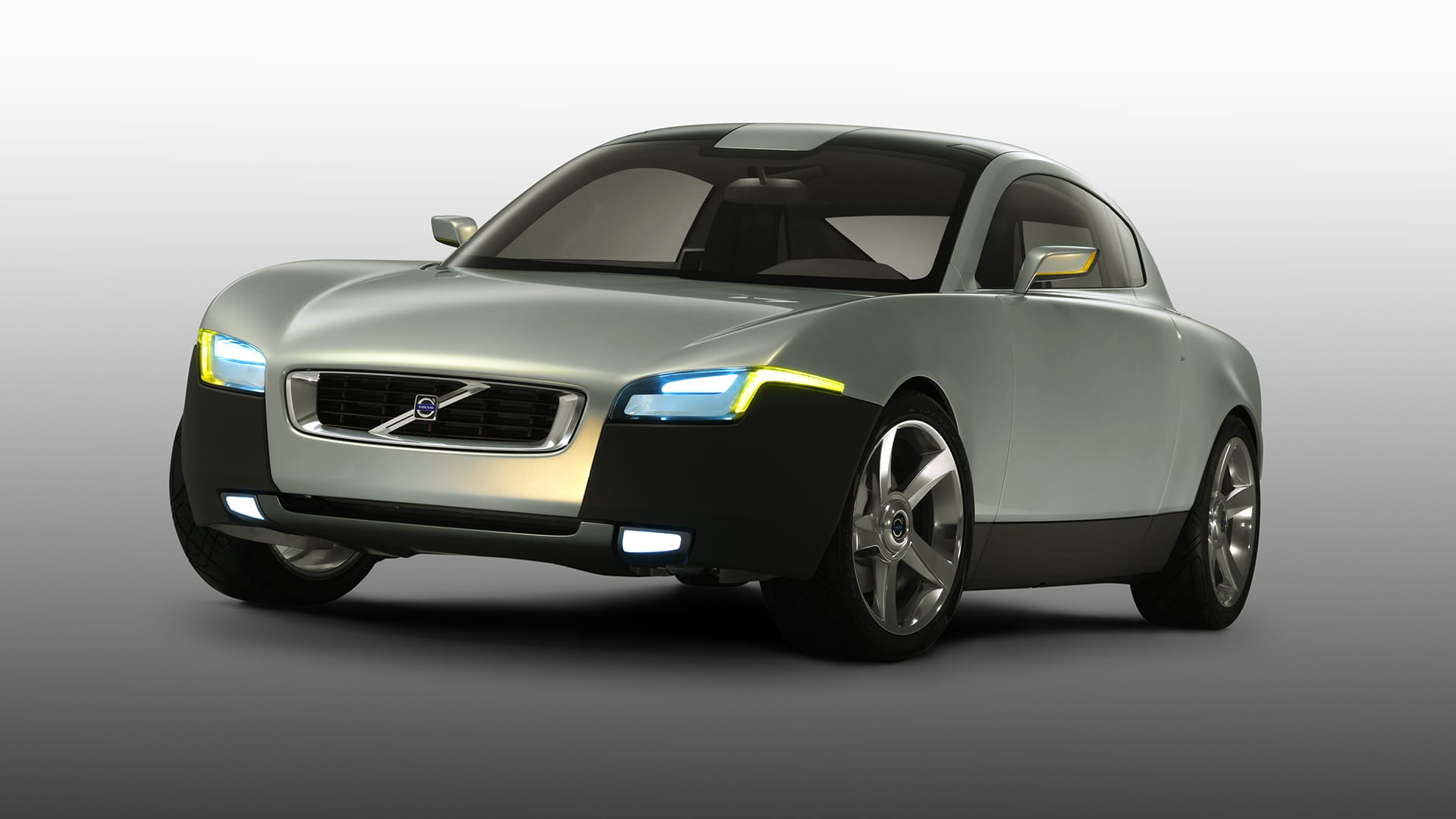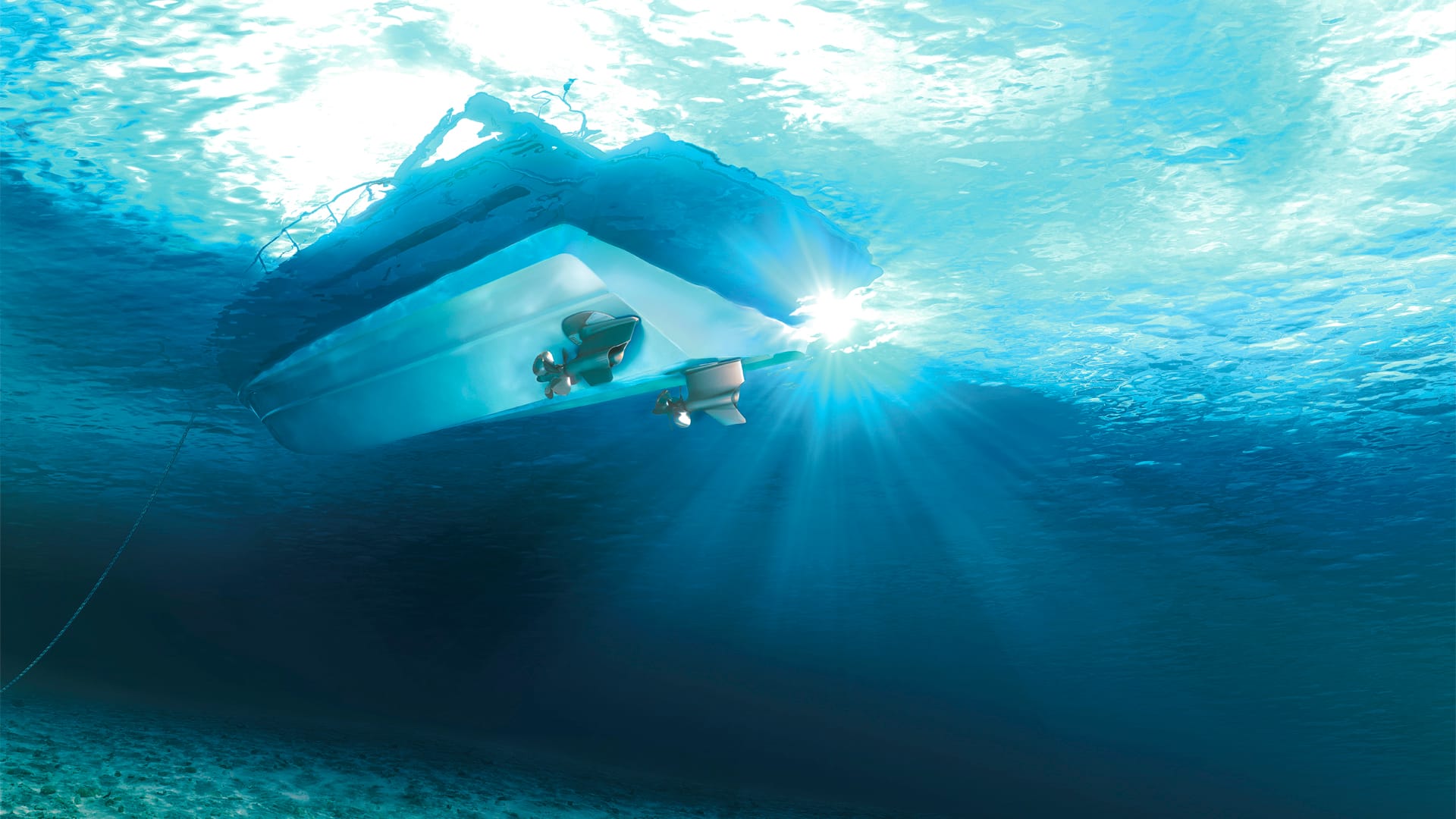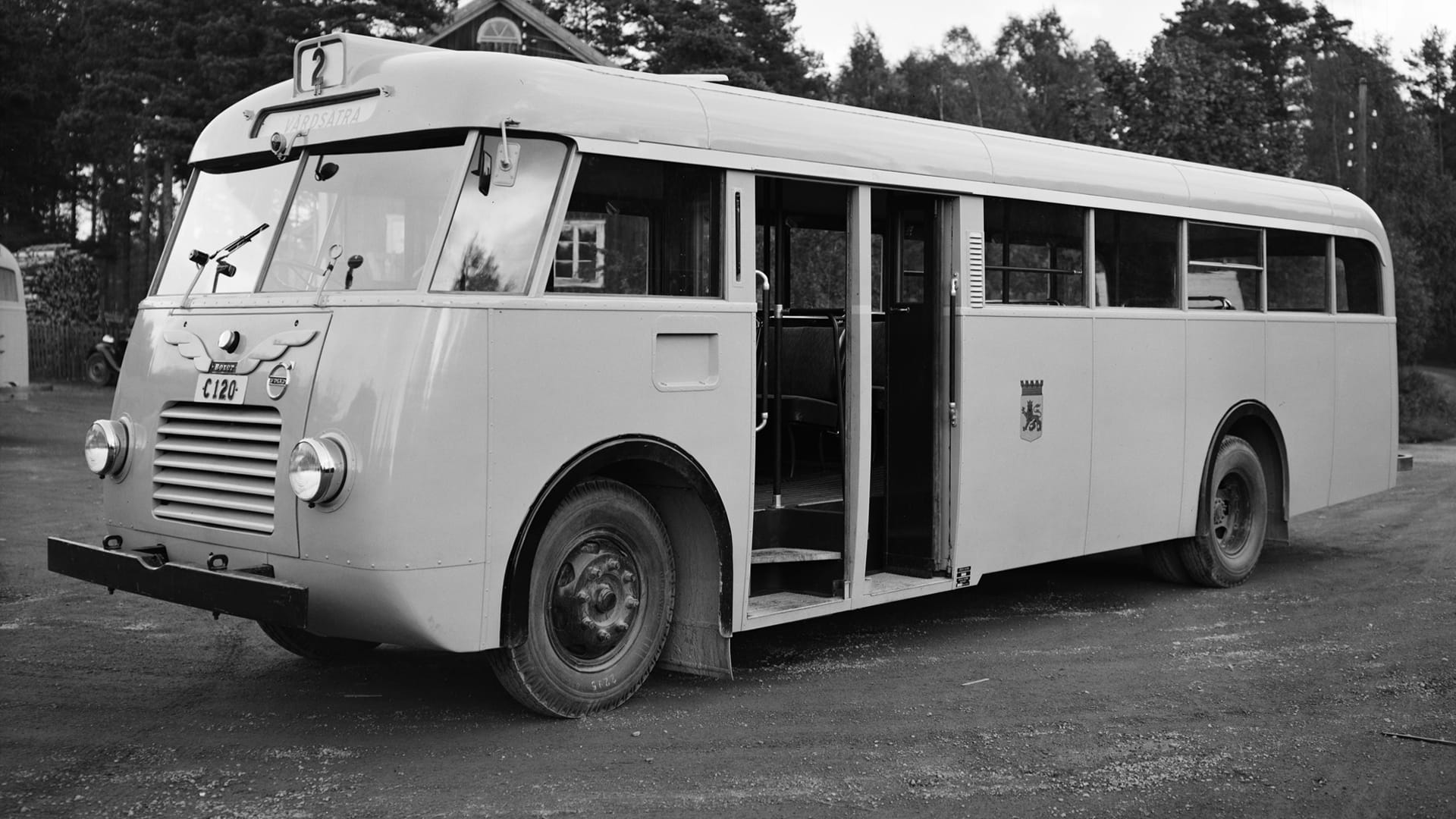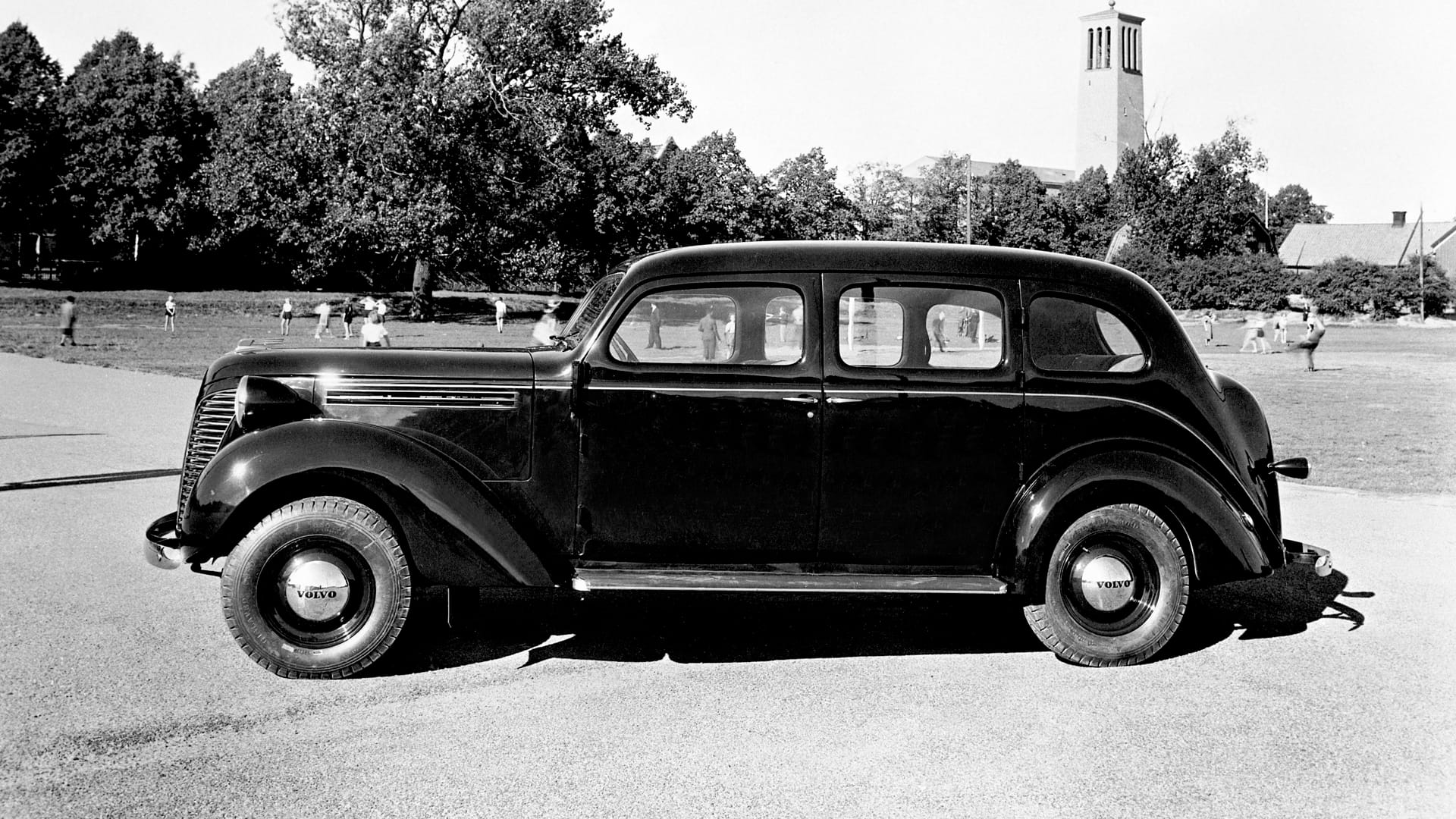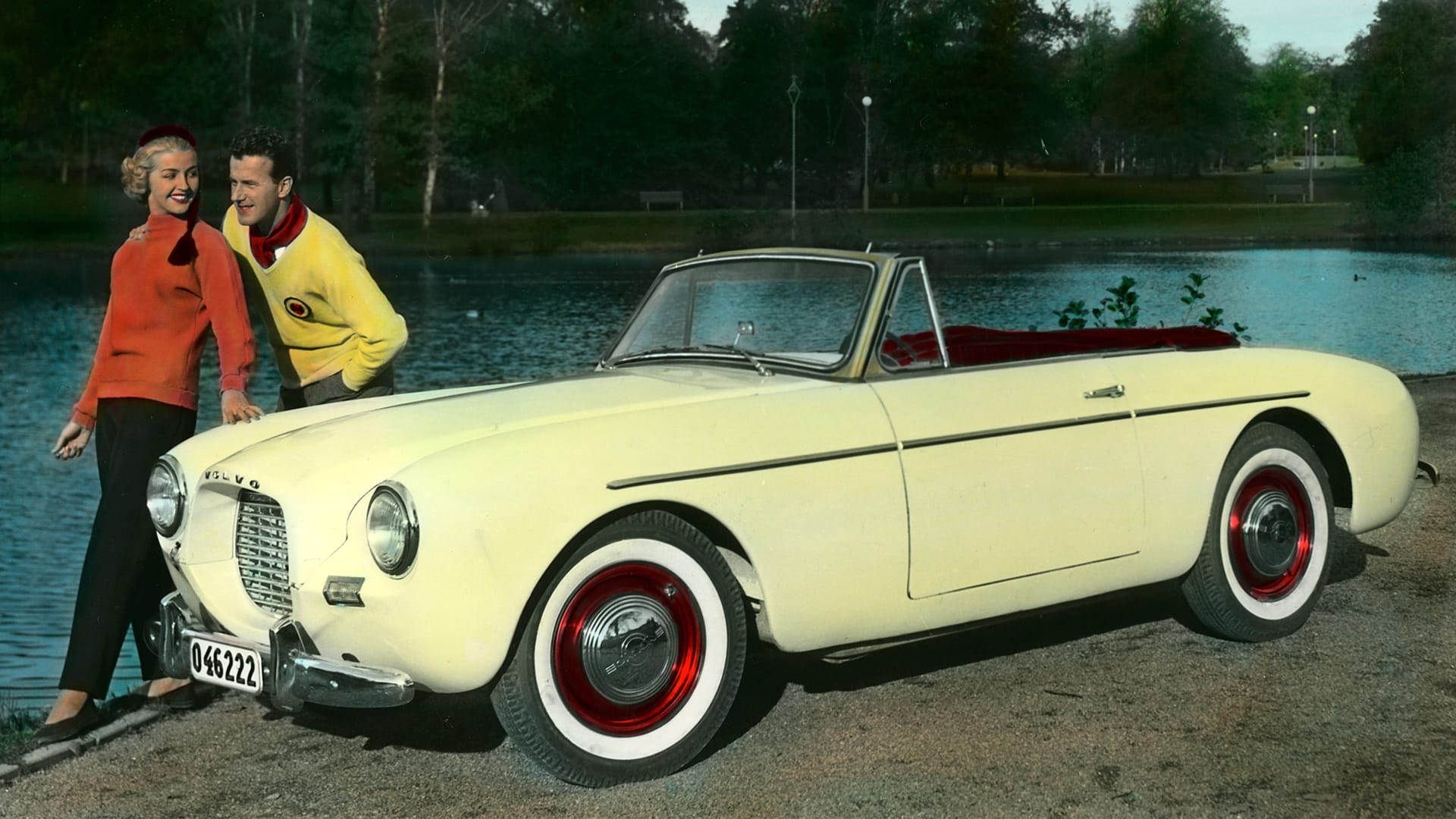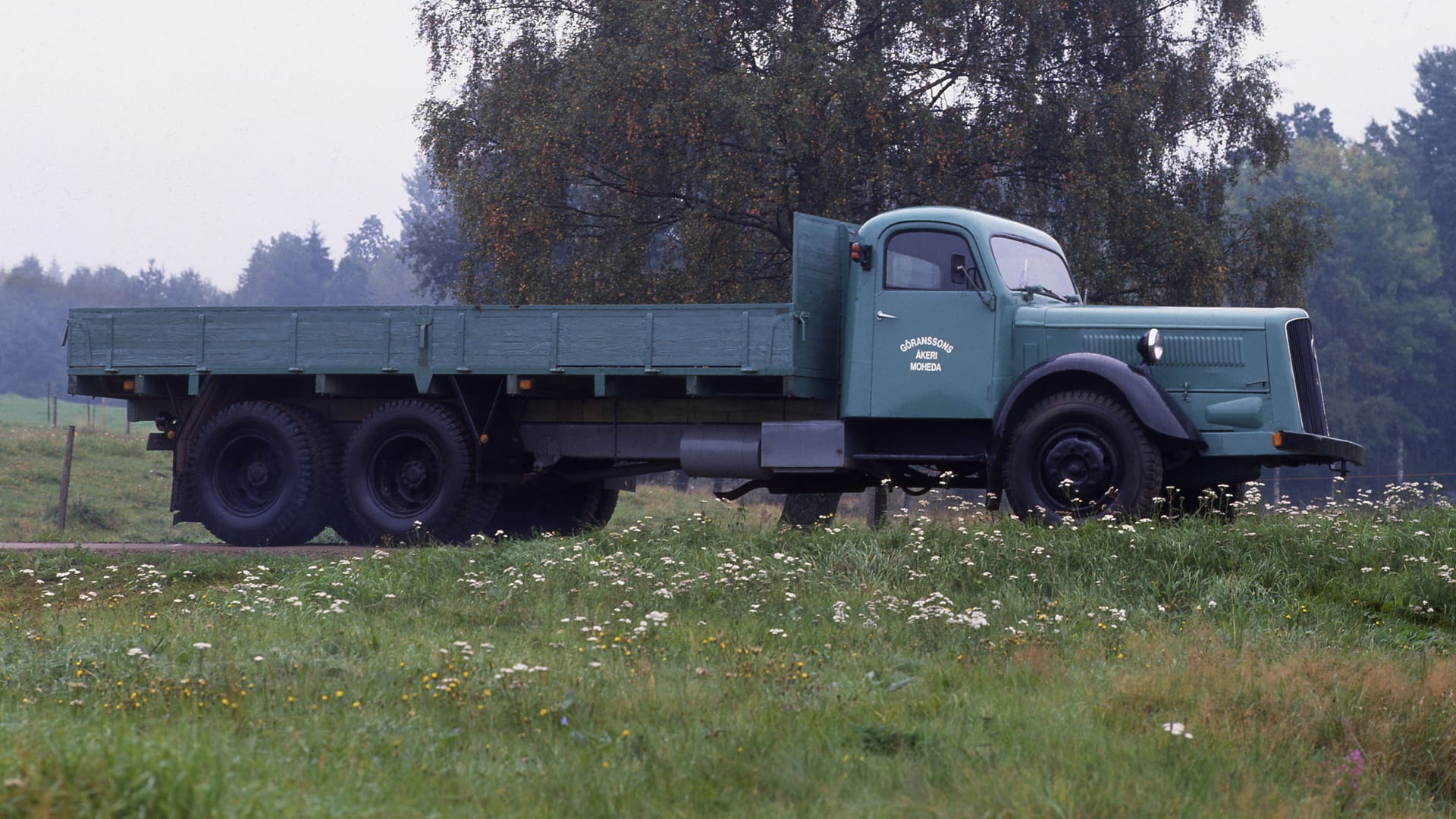Volvo PV654
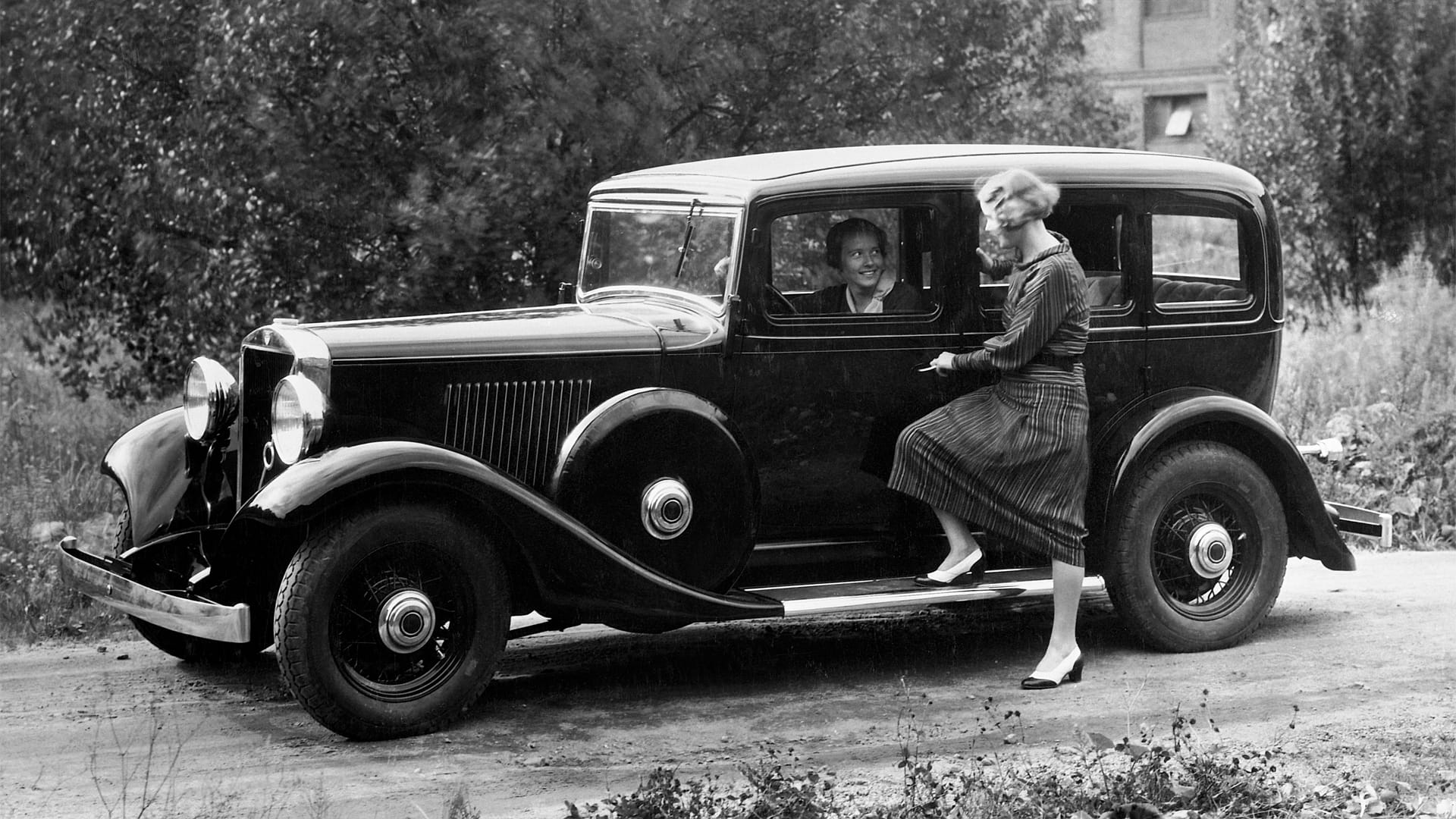
Powerhouse à la 1933
Volvo’s first six-cylinder engine was highly anticipated. When the first car, the ÖV4, launched in 1927, it was, in many eyes, already outpaced by American competitors, nearly all of whom had six-cylinder engines under the hood.
Two years later came the PV650/651 featuring a three-liter six-cylinder engine with 55 horsepower. It wasn’t just the engine that was new—this was a completely new model, designed by Helmer MasOlle. Longer, wider, and equipped with a sturdier chassis and metal body, though still built on a wooden frame. In the fall of 1933, Volvo took the next step with the PV653 and PV654, their first models with fully metal bodies, with no supporting wooden frame. The more luxurious 654 featured dual spare wheels, twin rear lights, and dual chrome horns.
American trends steering the first moves
The decision to make Volvo’s next model after the ÖV4 and PV4 a six-cylinder car is made as early as autumn 1926, according to notes from a board meeting – six months before the first Volvo even rolls out of the factory. That first car, the ÖV4, is an open-top with a four-cylinder engine. By then, Volvo’s management has already spotted two big trends: people want enclosed cars – and they’re after six-cylinder engines.
It’s the American car buyers leading the charge. Between 1919 and 1927, the share of enclosed cars in new sales in the US jumps from 10 to 85 per cent. Meanwhile, more than 80 per cent of the trade-ins are open-tops, which creates headaches on the second-hand market.
A secret under the hood
The push towards six-cylinder engines is largely thanks to Hudson Essex, launched back in 1923, which inspires competitors to follow suit. During the development of their new six-cylinder engine, Volvo runs tests using ÖV4 cars with a noticeably different and rather revealing bonnet design. These cars even compete in the KAK Winter Rally in both 1929 and 1930. As a result, the new engine isn’t exactly the best-kept secret.
However, when a journalist from Göteborgs Morgonblad heads to Lundby to officially break the story, they hit a wall. In their words: “Yours truly ventured out to the factory one winter’s day to try and dig up some details but was met by an Archangel Gabrielsson, armed with a bare and menacing sword.”
Helmer MasOlle sets the tone – Volvo keeps the rhythm
On 23 April 1929, the engine and the new car model, the P1, are finally made official. The “6” represents the number of cylinders, the “5” stands for the number of seats, and the “1” marks it as the first version. The price for the new model is set at SEK 6,900.
Just like the ÖV4 and PV4, the PV651 is designed by Helmer MasOlle, who draws inspiration from American models and opts for a conventional design.
An improved driving experience in every detail
Gone is the artificial leather bodywork, known as pegamoid, from earlier models, now replaced with tin panels – though still mounted on a sturdy ash wood frame. The roof, however, is still made from pegamoid. The PV651 is both longer and wider than Volvo’s first models. Its frame is much stronger and double-curved to provide the desired interior headroom. To further lower the floor, the rear axle is equipped with hypoid gearing.
The brakes, mechanical and based on the Bendix-Perrot system, use three brake shoes per drum. Hydraulic shock absorbers all around significantly improve the driving experience.
The spare wheel is mounted on the right front wing, and for an extra SEK 60, you could opt for a tool kit disguised as a spare wheel cover, neatly placed on the left front wing.
A balanced beast: the new engine reaches new heights
The new engine is based on the four-cylinder engine from the ÖV4, maintaining the same stroke length but with a slightly larger cylinder diameter (76.2 mm compared to 75 mm). This gives the engine a displacement of 3,010 cubic centimetres. The pistons are made of cast iron, though buyers could upgrade to aluminium ones for an additional 50 kronor.
The most notable innovation is the crankshaft, which is both statically and dynamically balanced and weighs a hefty 32 kilos. It is supported by seven bearings, a design that is said to have caused some challenges during manufacturing. However, the solid crankshaft allows the engine to deliver 55 horsepower at a higher speed of 3,000 revolutions per minute.
With a top speed of 110 km/h, the car performs impressively, given its weight of 1,500 kilos.
Volvo gets a push from the USA and a home in Skövde
There are reports that Volvo received assistance with the engine design from Continental in the USA, a company that provided consulting services to other manufacturers for engine development. The new engines were also produced at Pentaverken in Skövde, a company Volvo would acquire in 1935.
In 1929, Volvo sold 1,383 vehicles, of which 376 were passenger cars. Total exports that year amounted to 27 cars. After the PV651 came the PV652, which didn’t differ much from its predecessor. The only changes were a new carburettor – Stromberg instead of Solex – and hydraulic brakes from Lockheed.
Steel over wood – a new era
When the PV653 and PV654 are launched in August 1933, the updates are more significant. While they’re essentially the same model, the 653 is the standard version, and the 654 is the luxury edition. The idea of producing two versions of the same car comes from Ivar Örnberg, who spent many years working in the USA and brought the concept back with him.
The chassis is largely the same as before but now features a cross-braced frame for added strength. For the first time, Volvo uses a full-metal body with no wooden framework. However, the roof is still made from pegamoid, as the factory in Olofström doesn’t yet have the tools to press it from a single sheet of metal.
The body gets a more modern and streamlined look, with a slightly tilted windscreen and a rounded rear roof. Even the radiator is slanted back a little, though it’s hard to notice. The new models have smaller wheels (17 inches instead of 19) to make them look more contemporary, and customers can choose between wooden or steel-spoked rims.
Stylish and powerful
The standard PV653 is always painted dark blue, while the luxury PV654 comes in maroon red, chestnut brown, or sand brown. The PV654 is easy to spot thanks to its dual spare wheels, twin chrome horns, and double brake and tail lights. Inside, the textile interior is more refined, with a foldable armrest in the backseat and grab straps above the doors to hold onto if the ride gets bumpy.
By 1932, the PV652 had already received an upgraded engine with a larger capacity (3,366 cc) and a three-speed gearbox with synchronisation on second and third gears. For the PV653/654, the engine gets even more updates: it’s mounted on five points, power increases to 65 hp, it’s fitted with a Stromberg downdraft carburettor with an air filter, and rubber insulation from the chassis improves overall comfort.
Quieter engines, new markets and a world in flux
In the PV653/654, the wall between the engine and the passenger compartment is much better soundproofed. An intake silencer is also introduced, all in the name of improving cabin noise levels.
Despite production starting late in the autumn, 200 cars are sold, generating a revenue of SEK 1.4 million. As Volvo puts it, this money "stayed within the country instead of rolling over to our friends in America." However, sales are slowed by the lingering effects of the Great Depression, and that same autumn, the dollar plummets in value. American car manufacturers begin slashing their prices, but Volvo manages to find new markets, including Brazil, which the leadership had long been eyeing.
Royal prestige and Swedish engineering on export
In 1934, Crown Prince Gustaf Adolf and Prince Bertil travel to the Middle East in a PV654 to promote Volvo and Swedish car manufacturing. Several vehicles are sold during the trip.
In total, 361 PV654s and 230 PV653s are produced, while around 4,400 cars from Volvo’s entire PV600 series are manufactured over the model's eight-year run.
